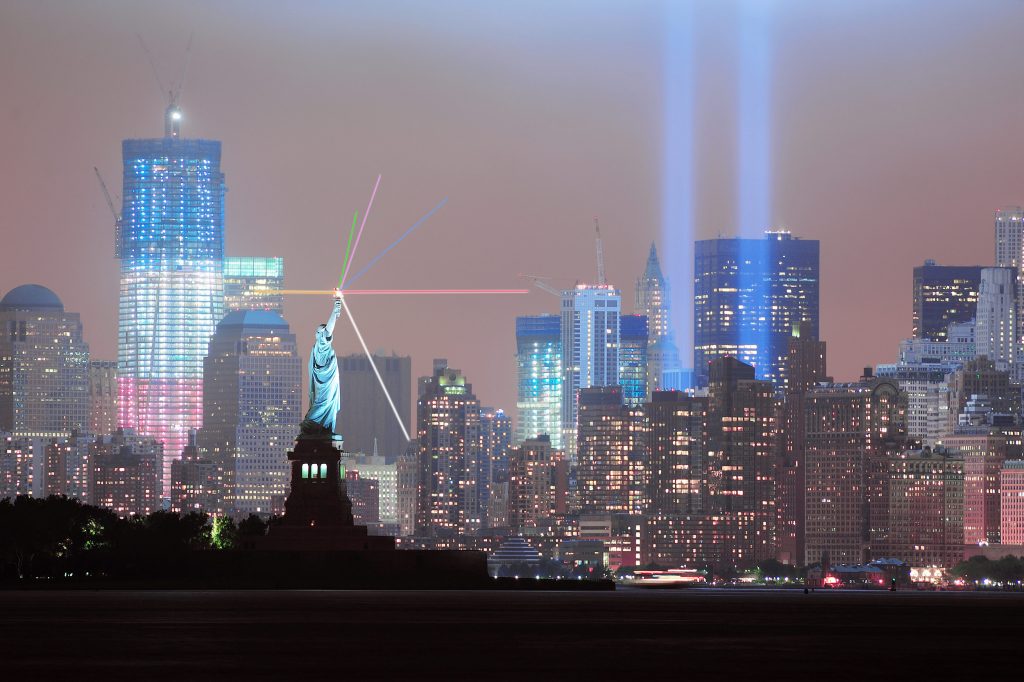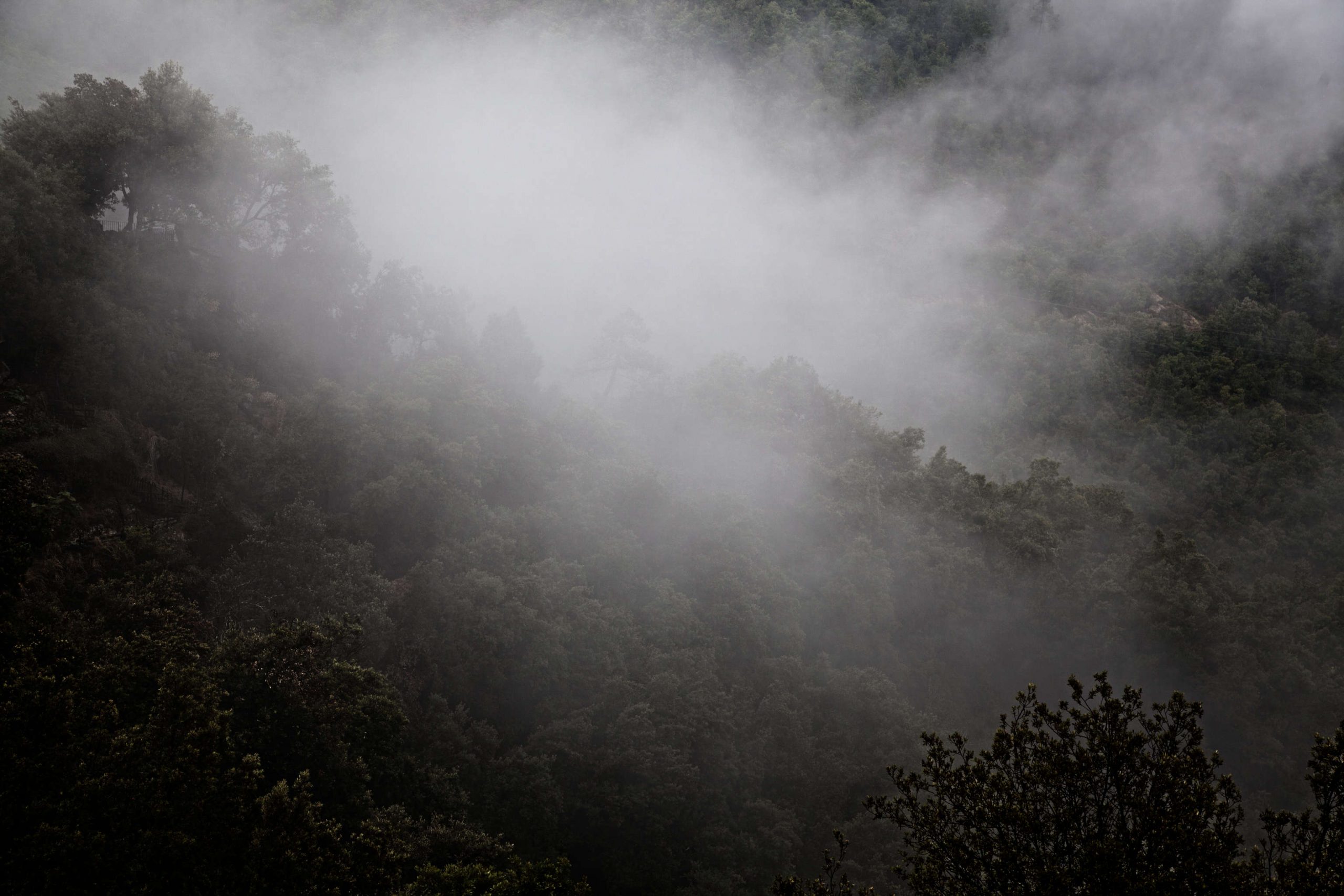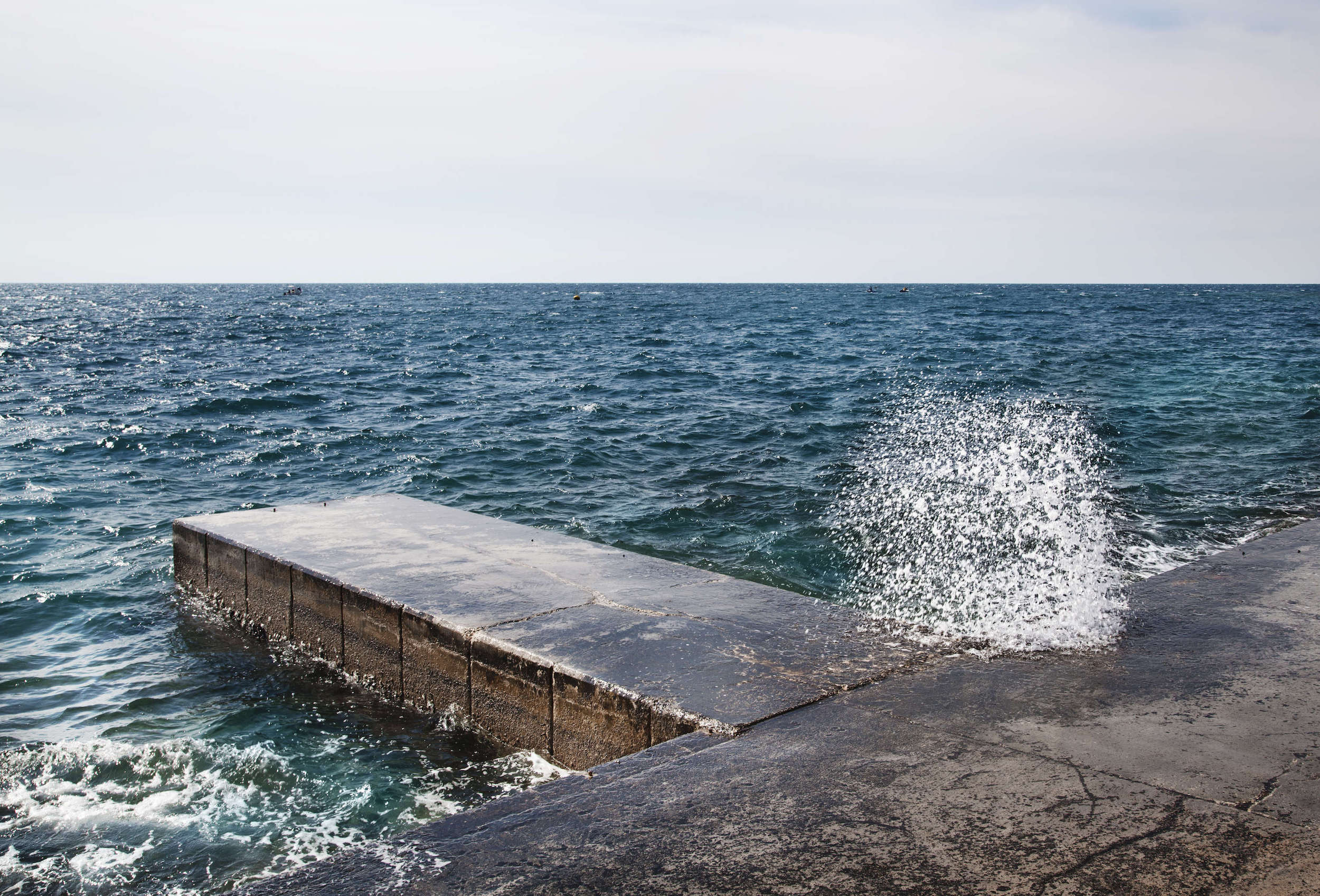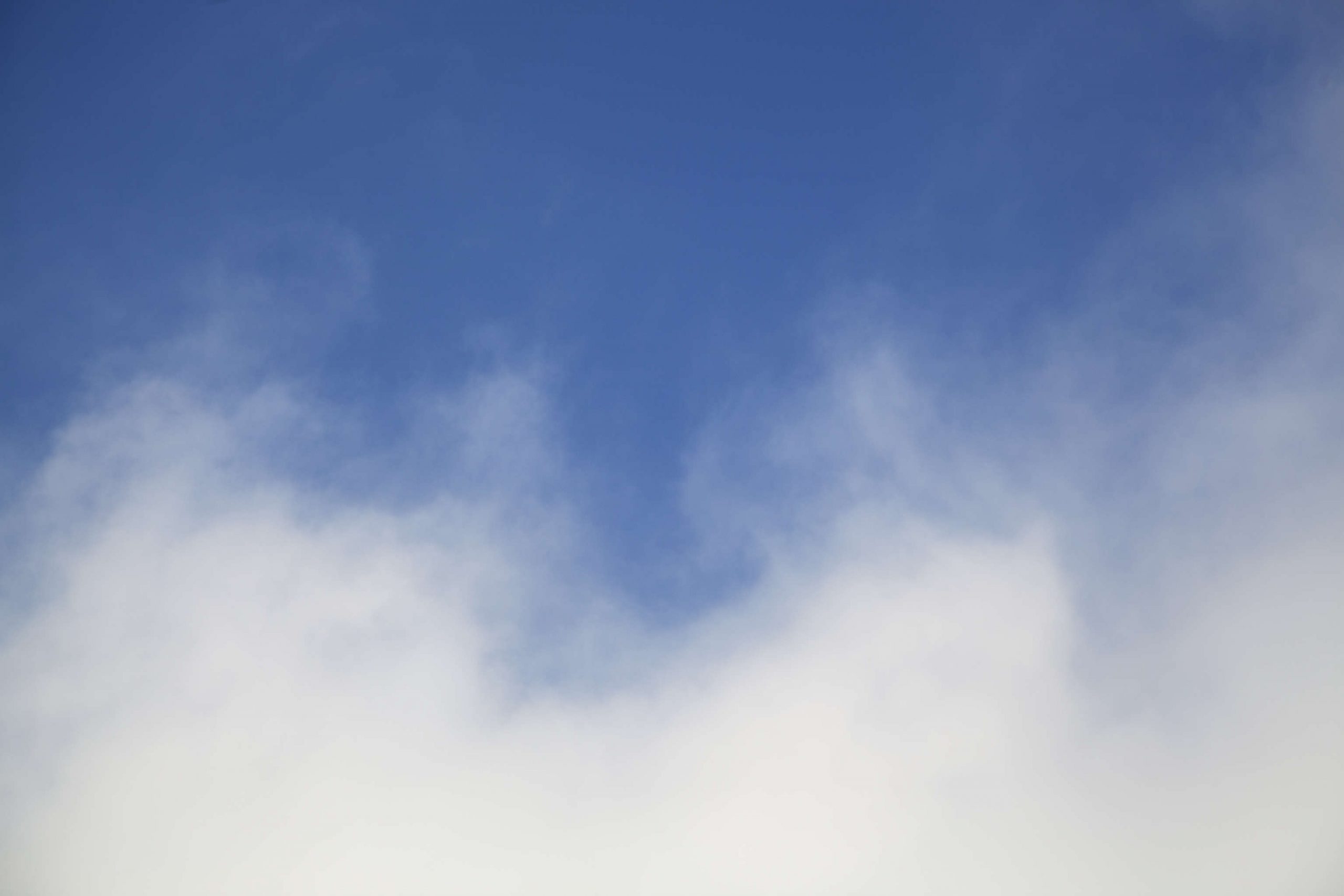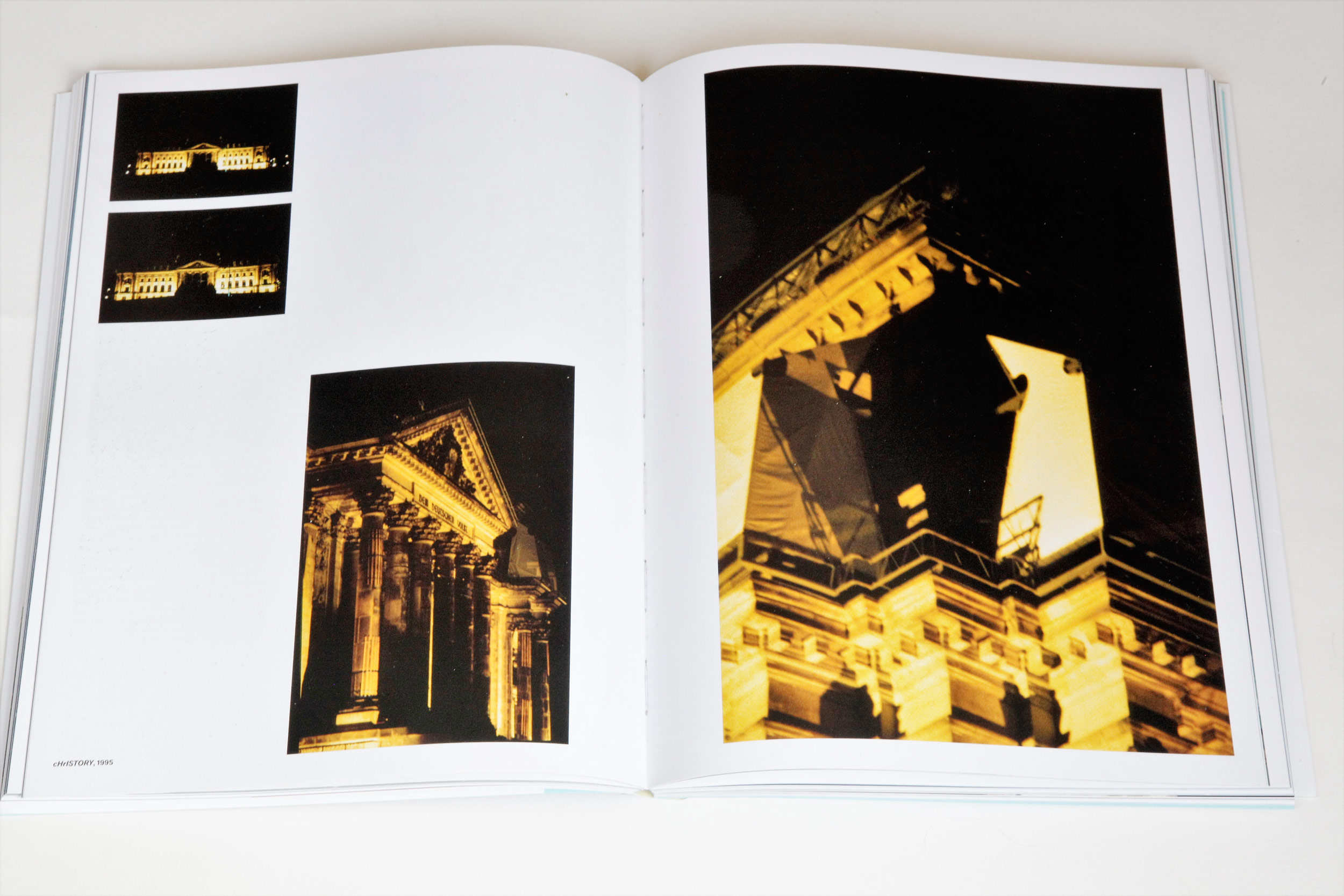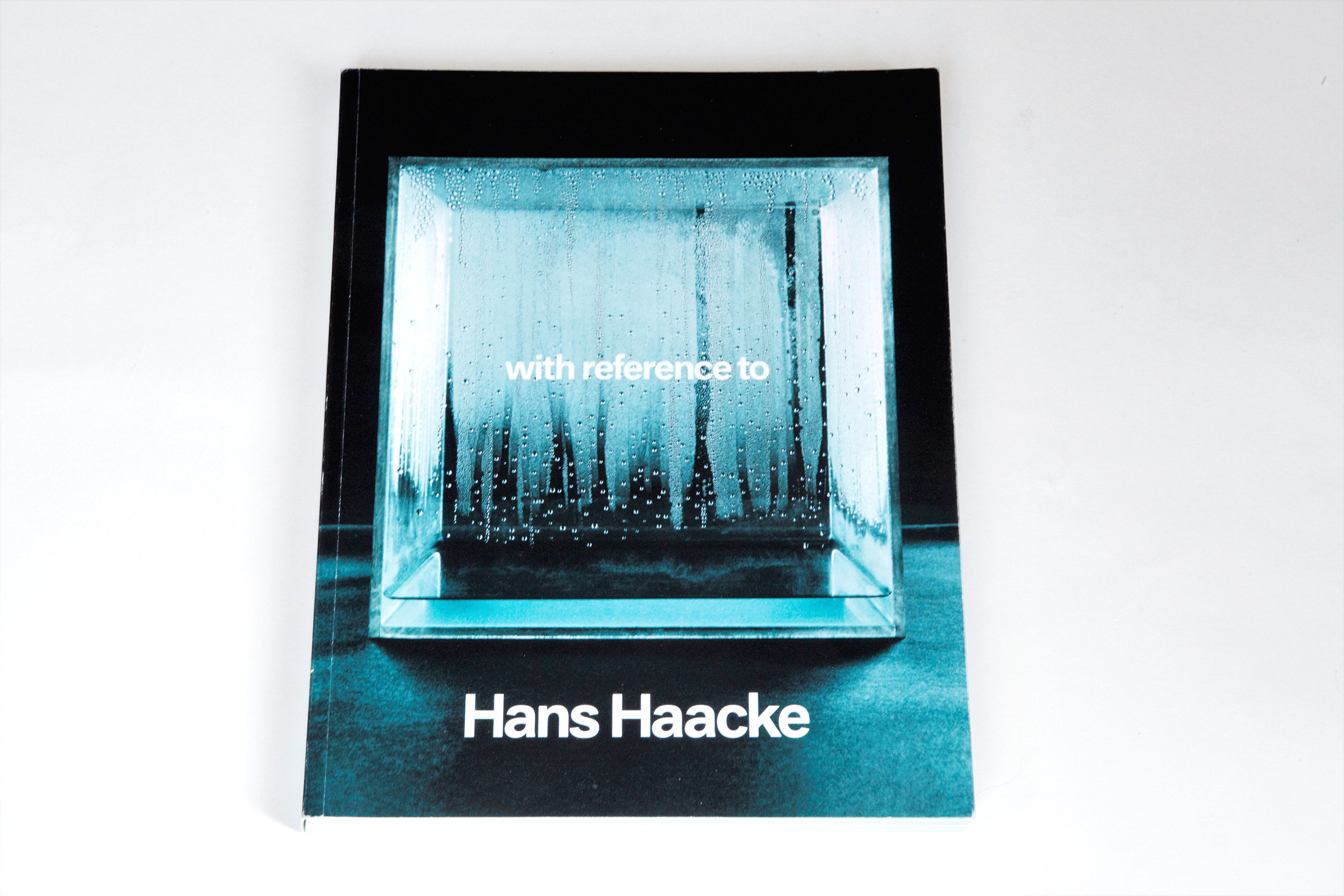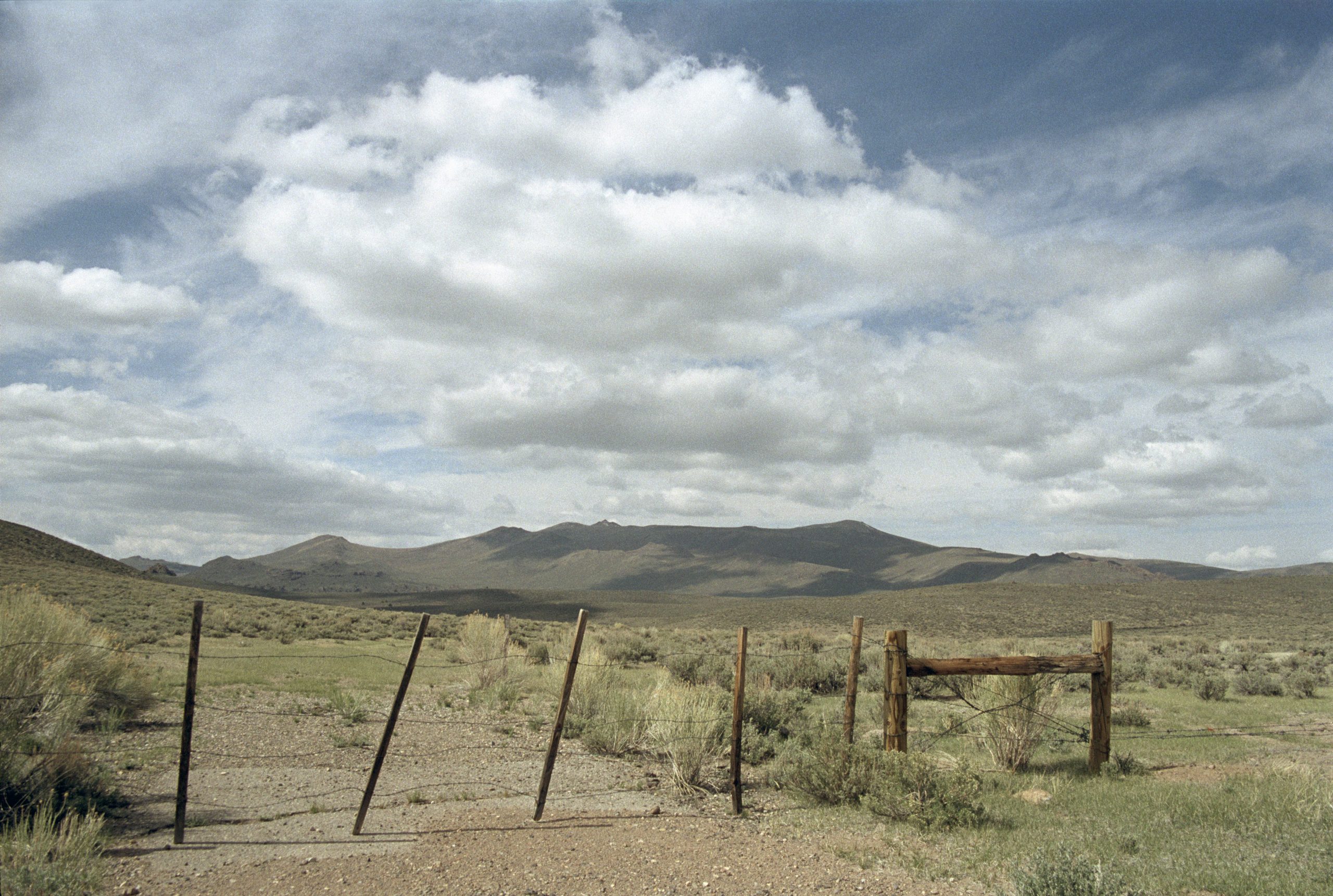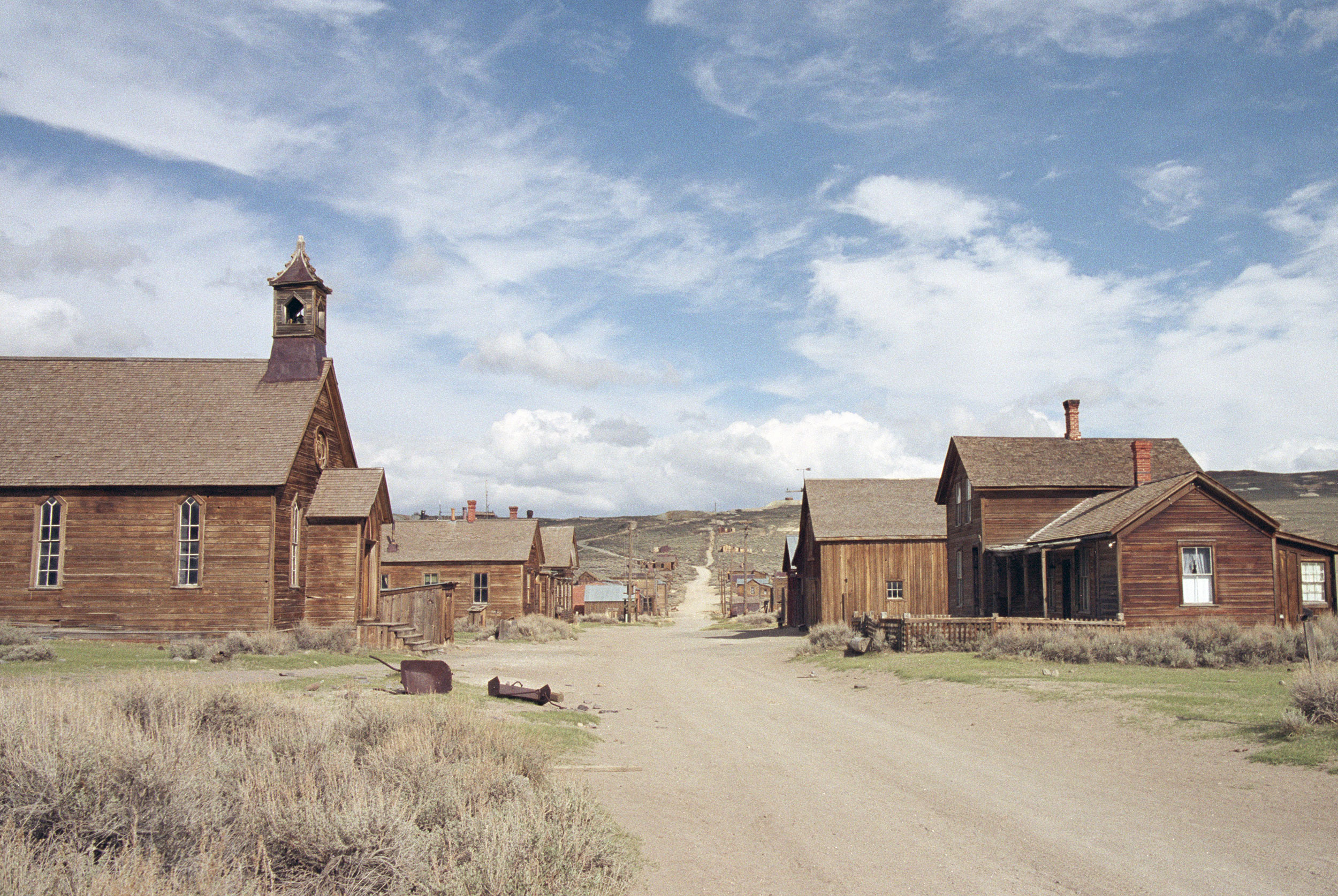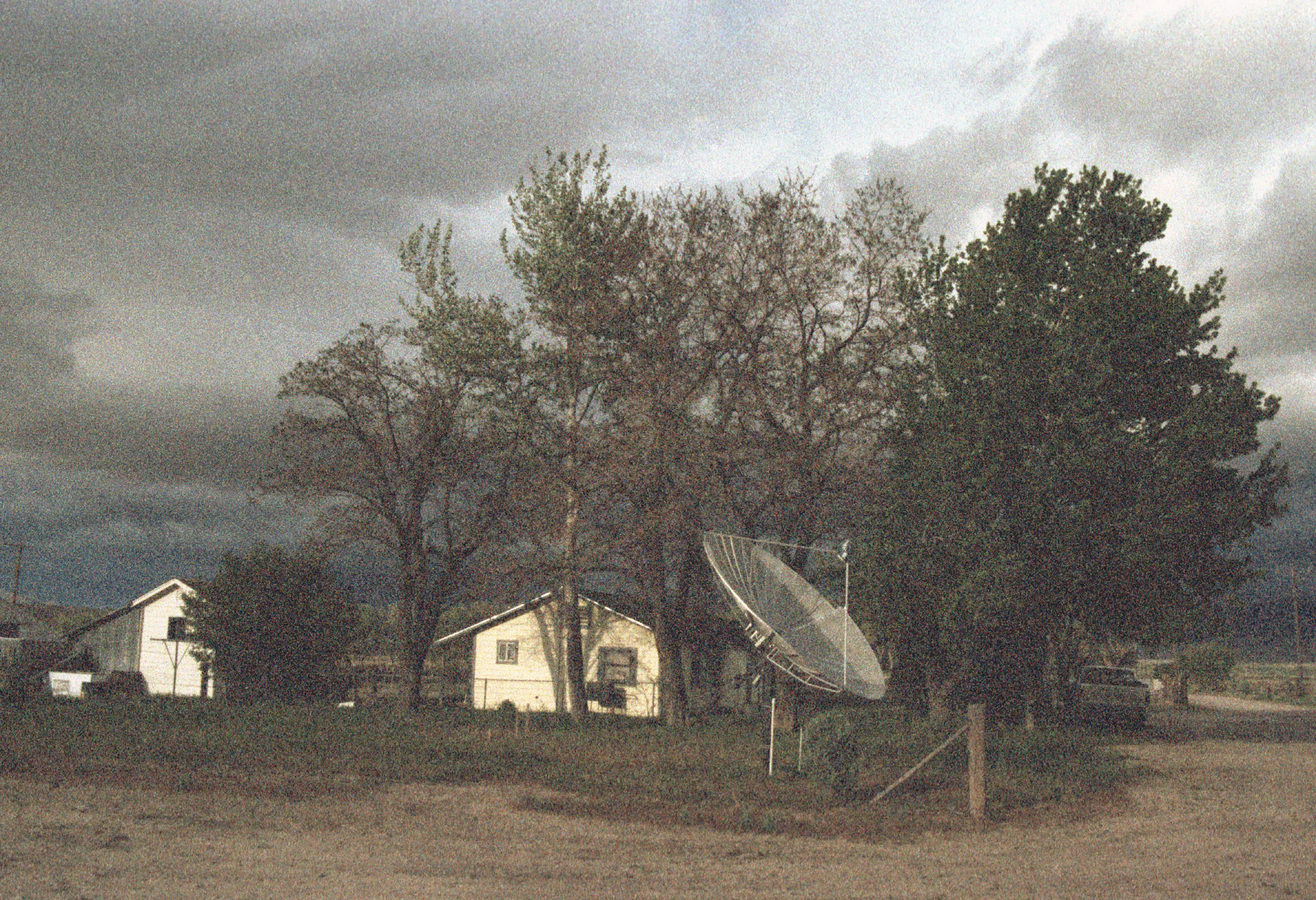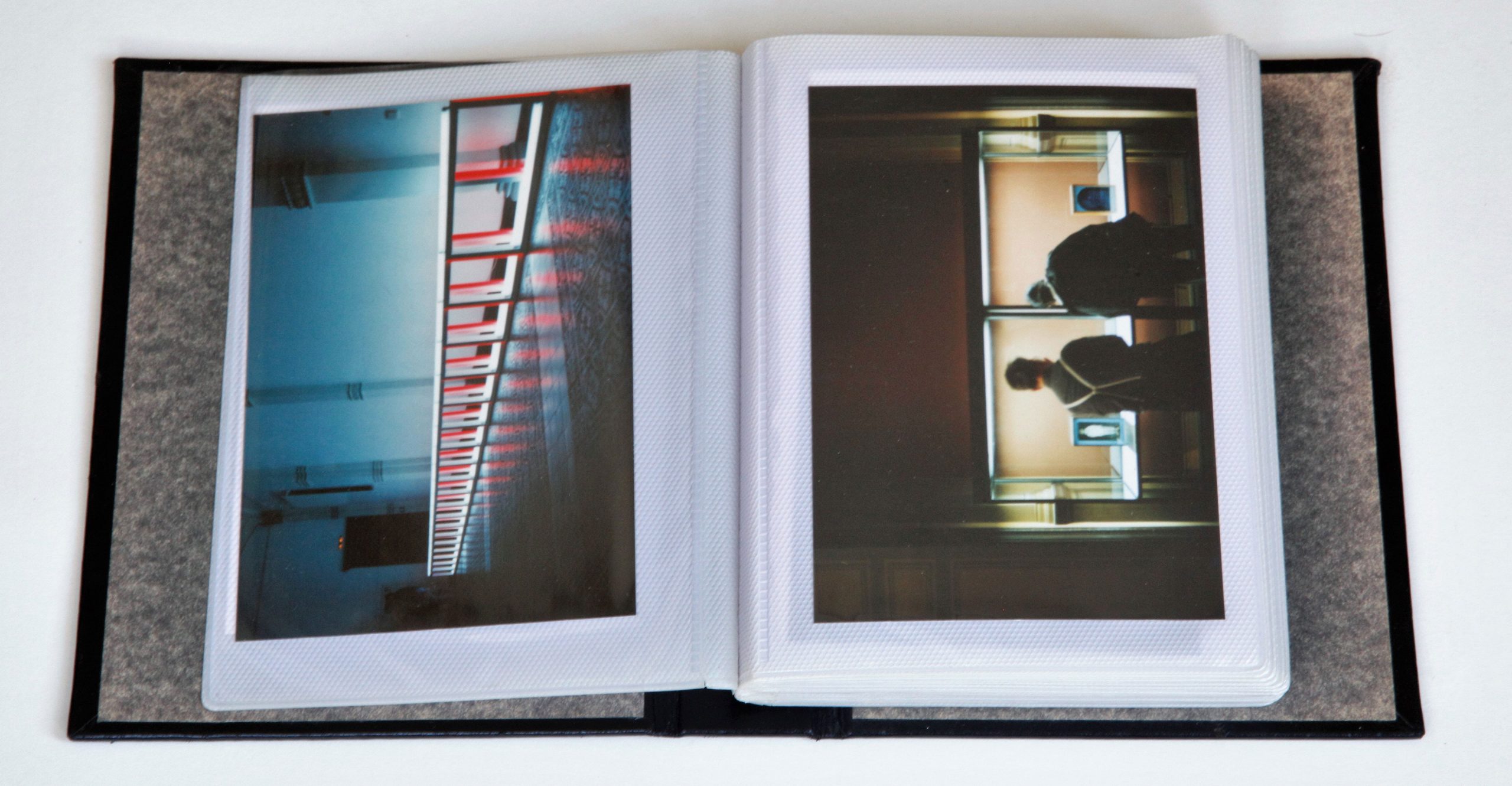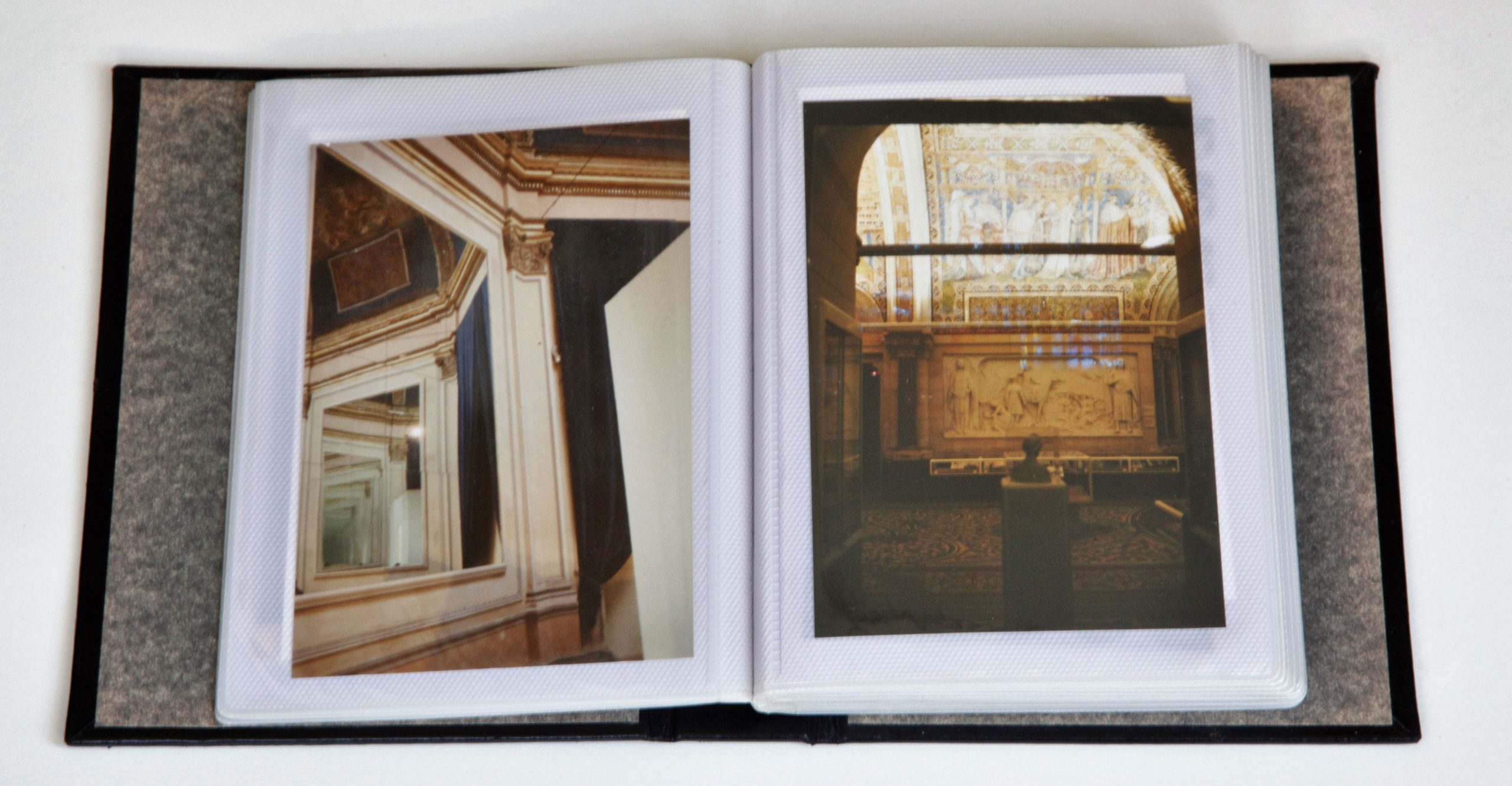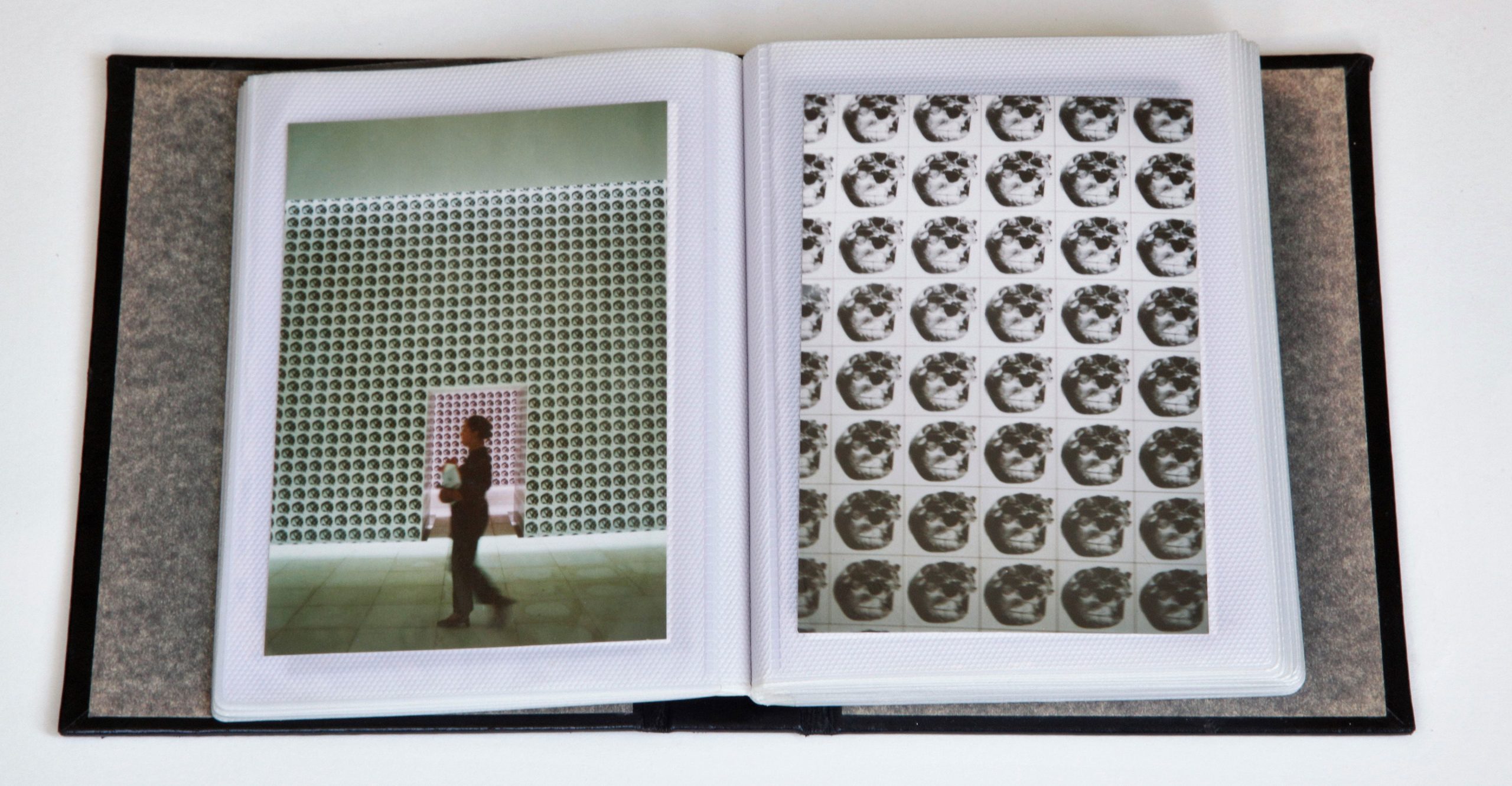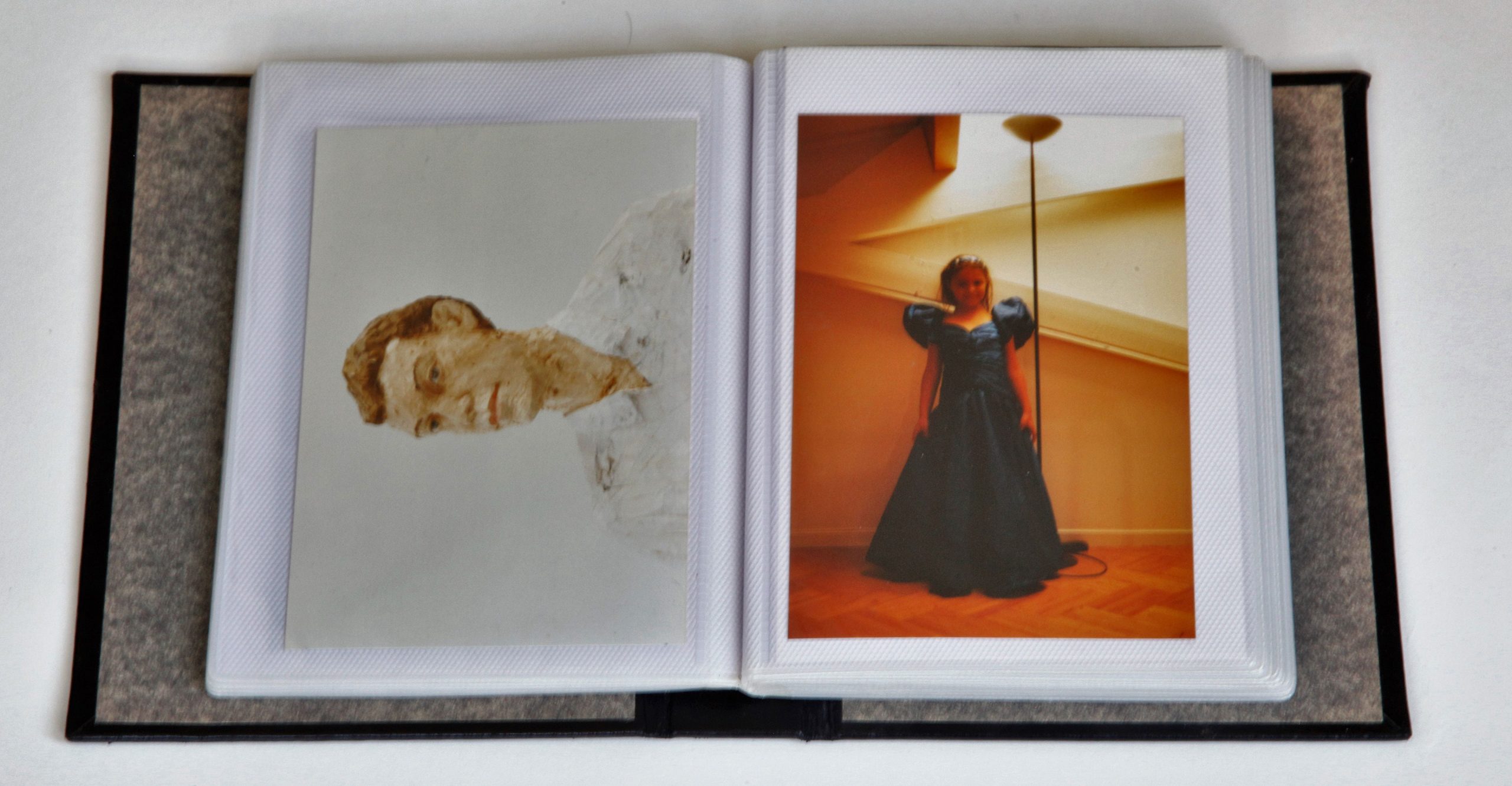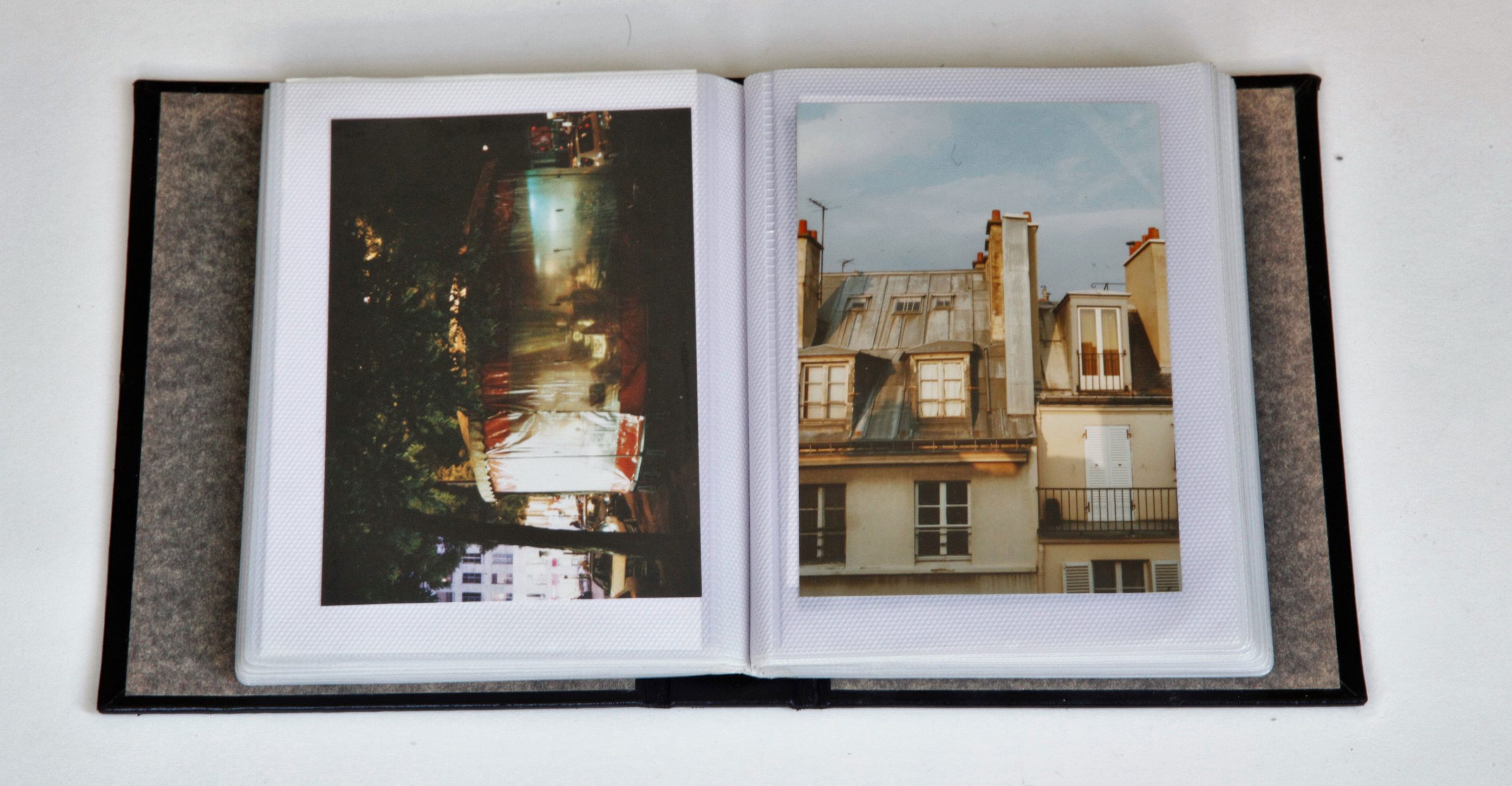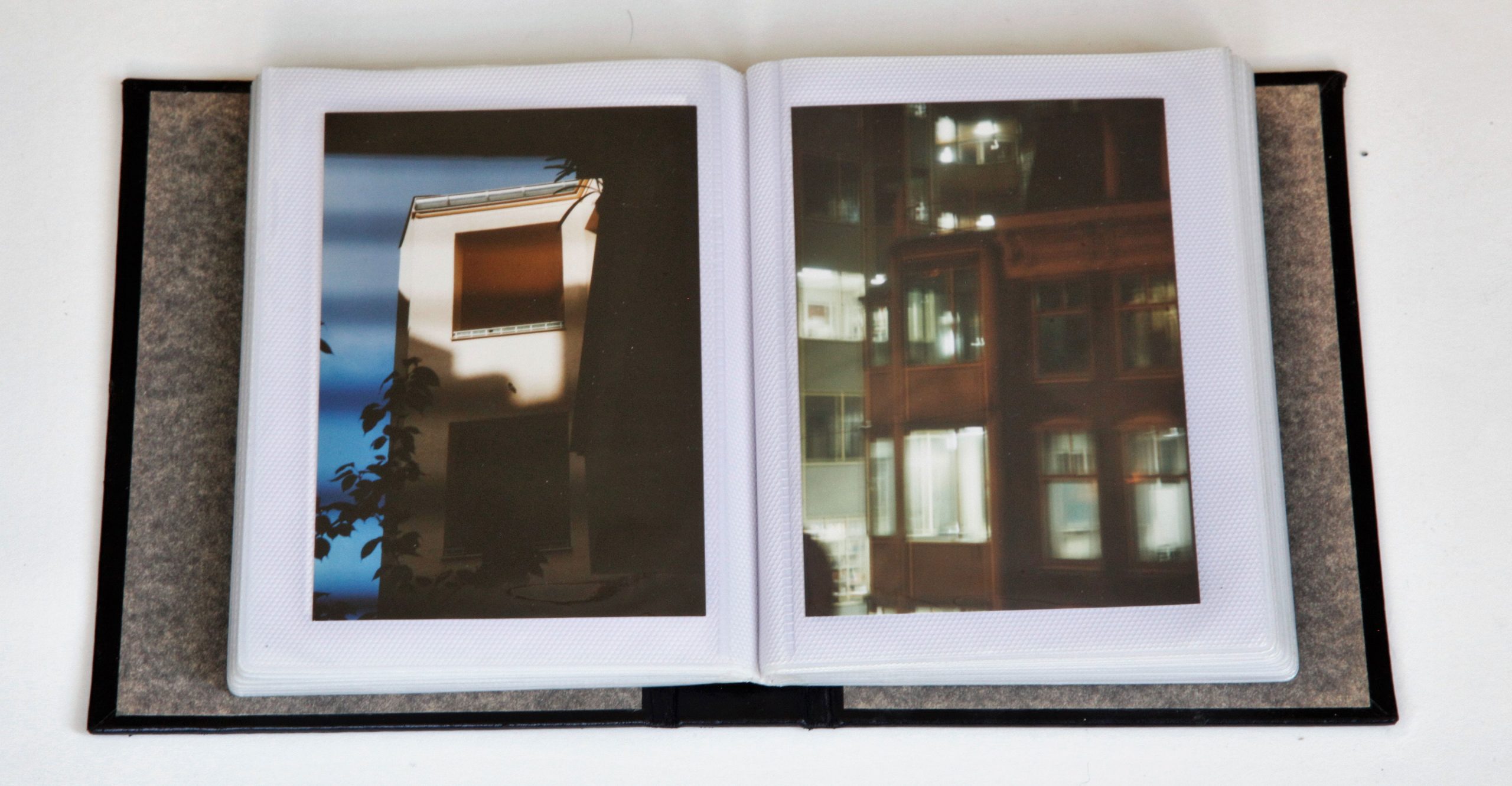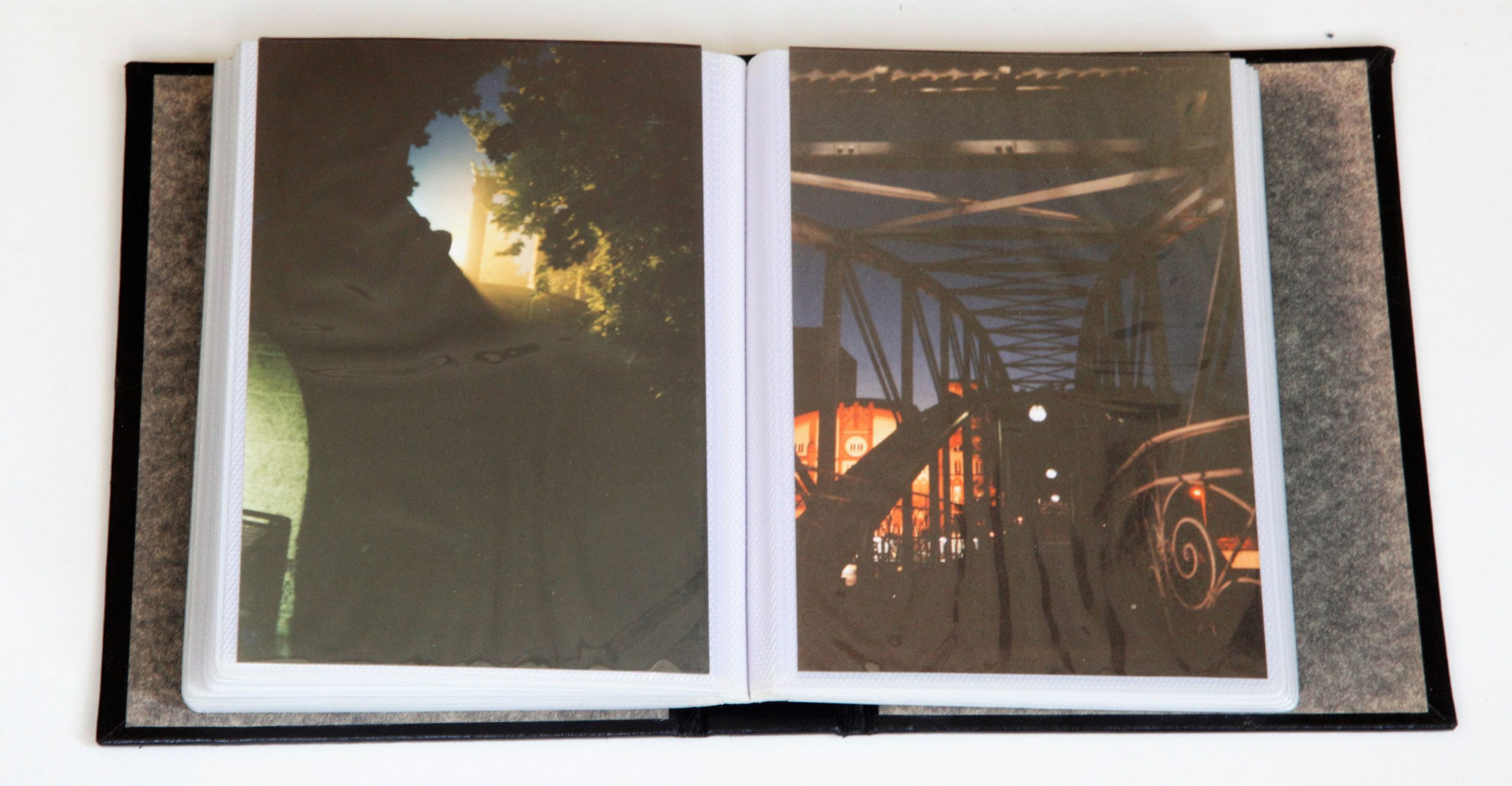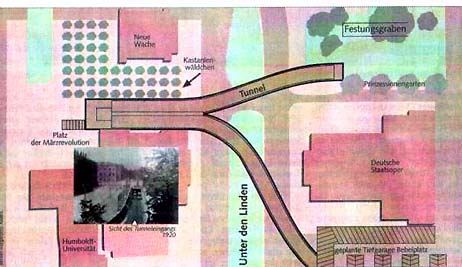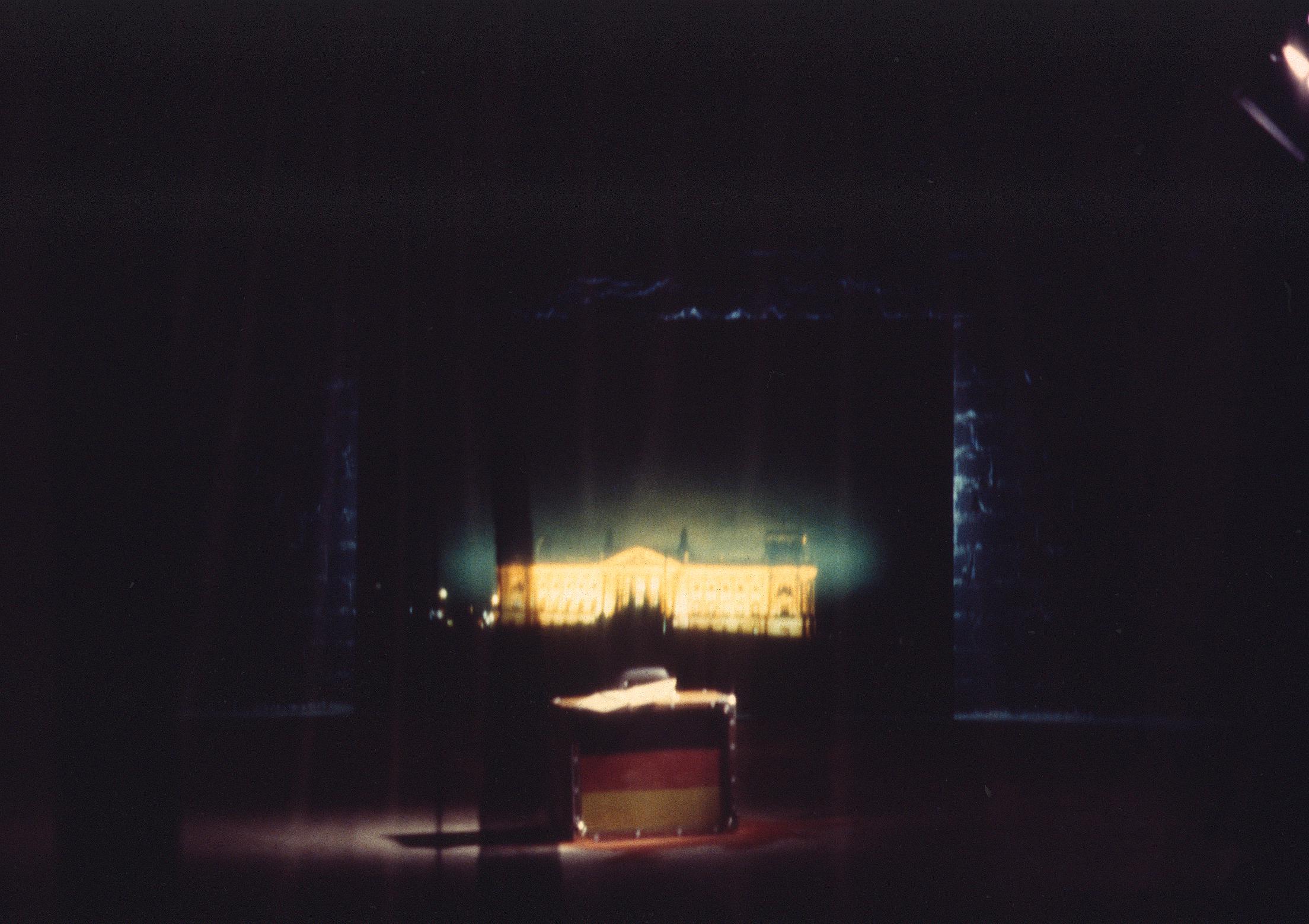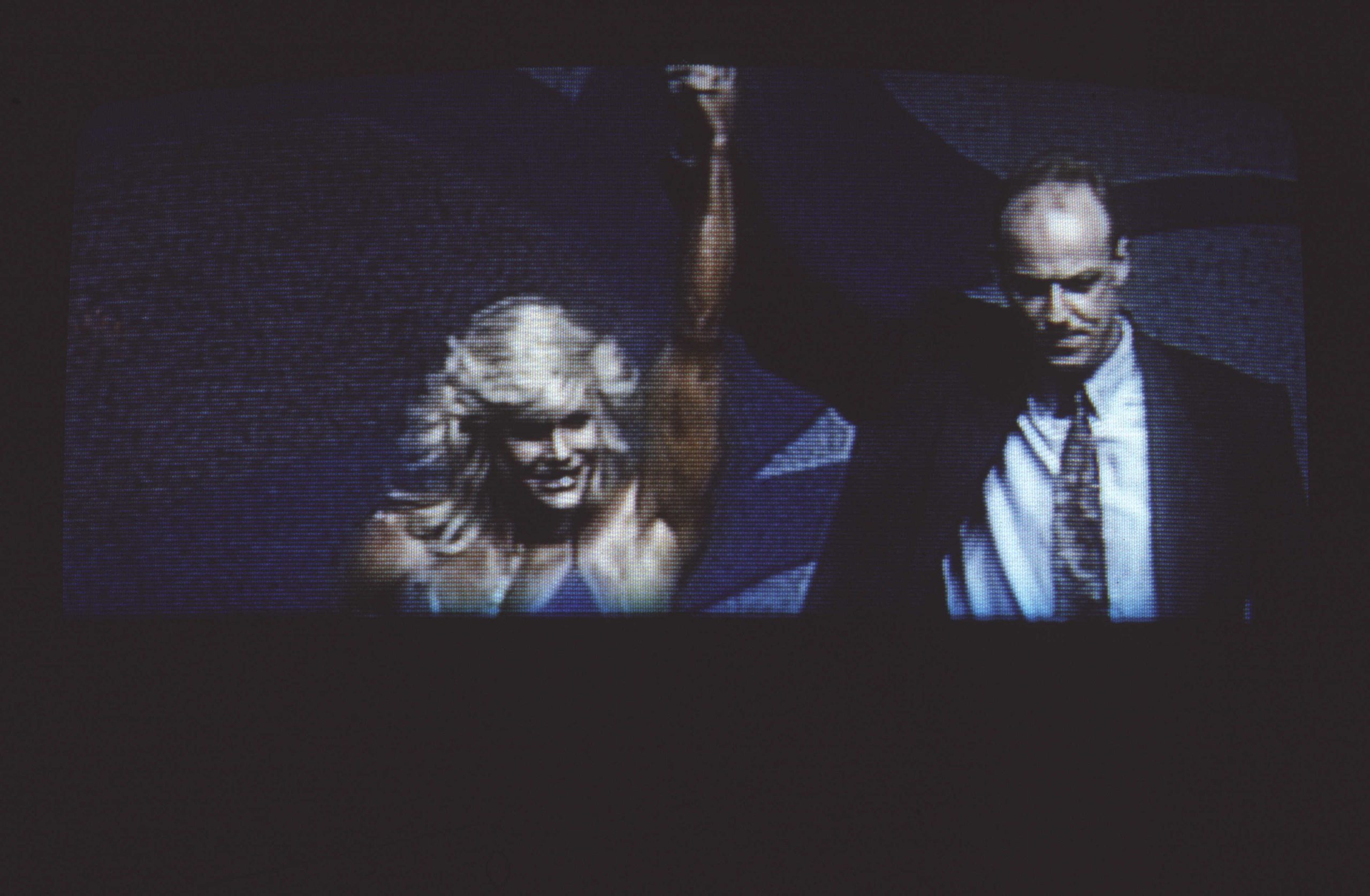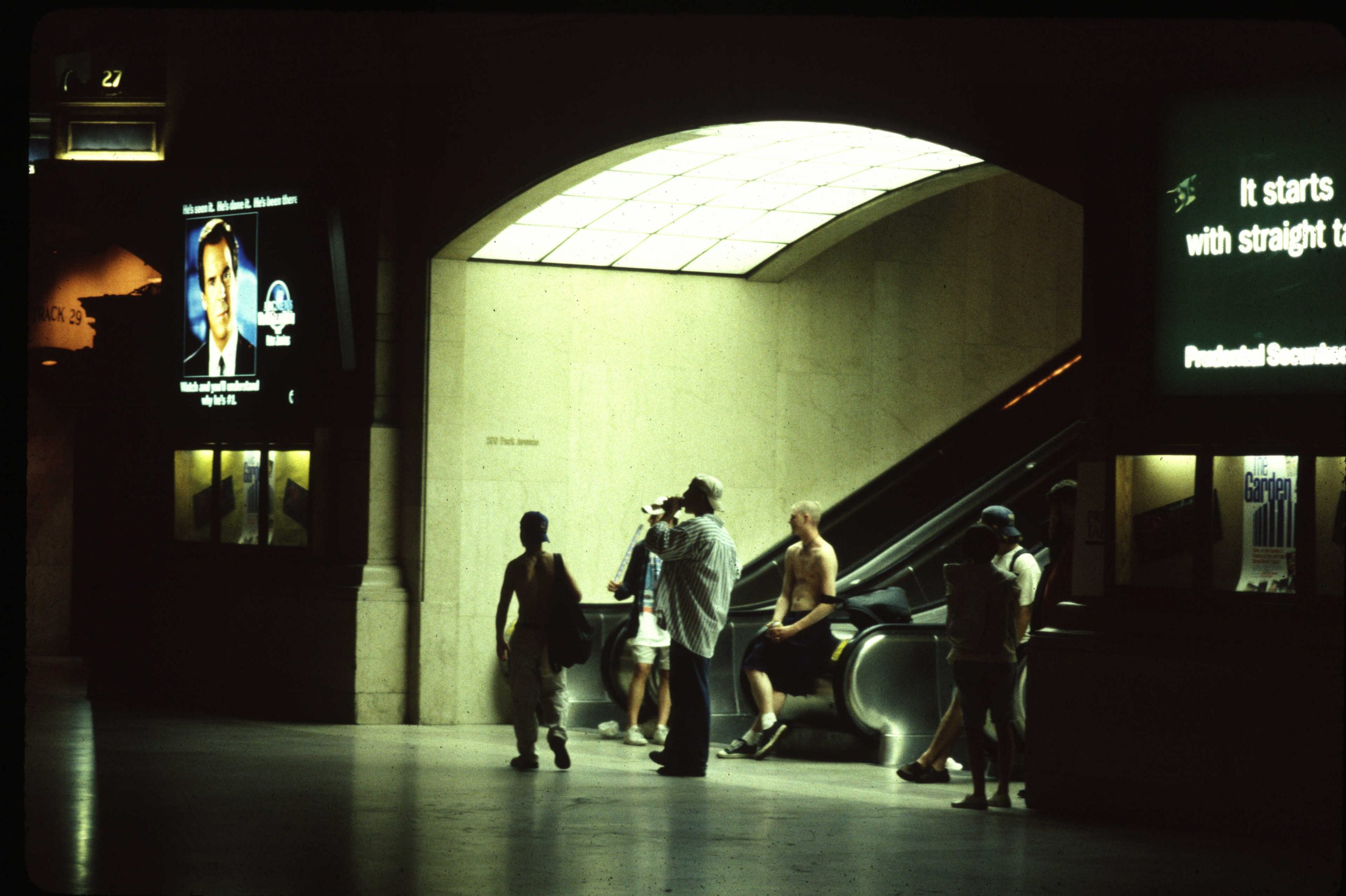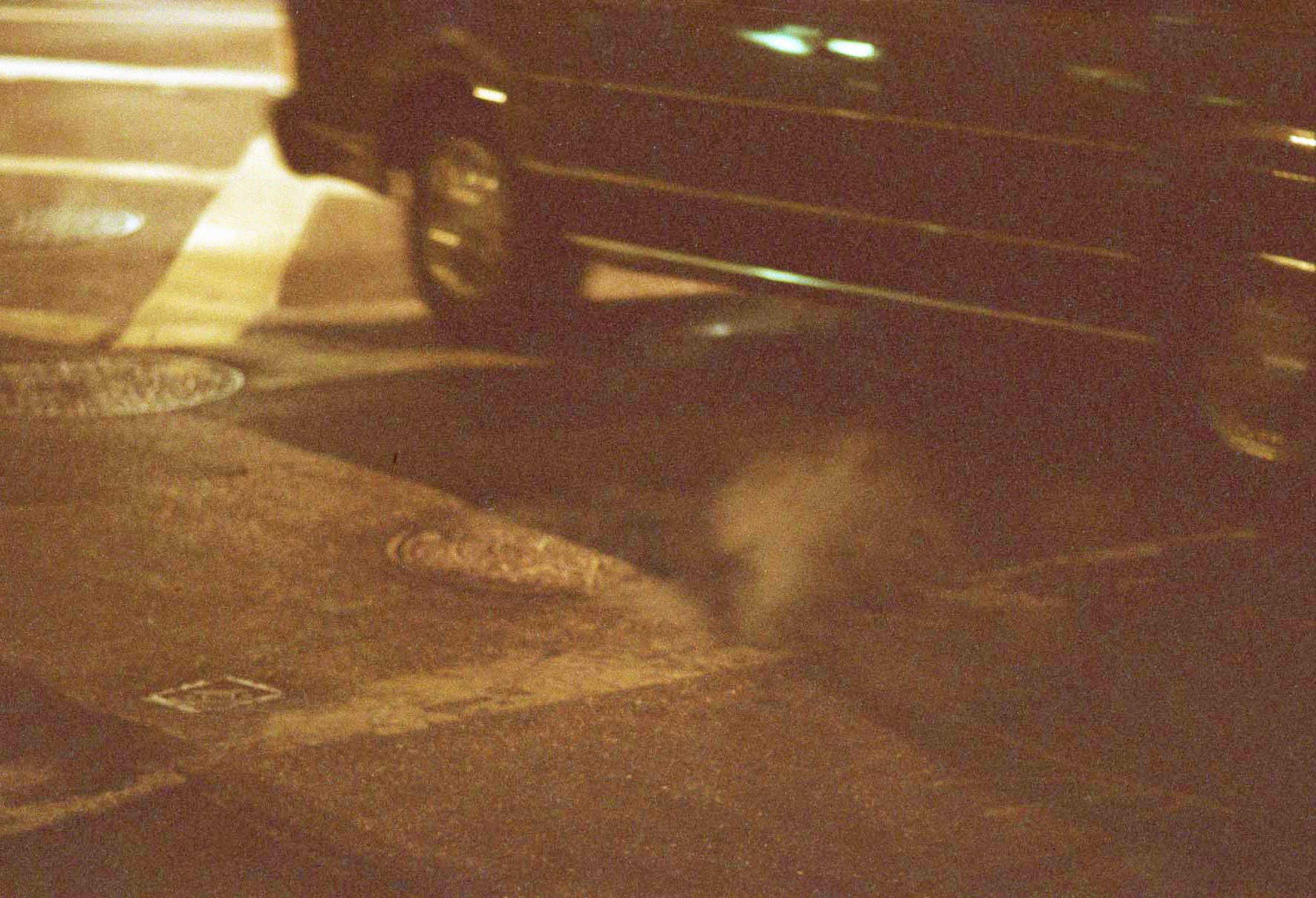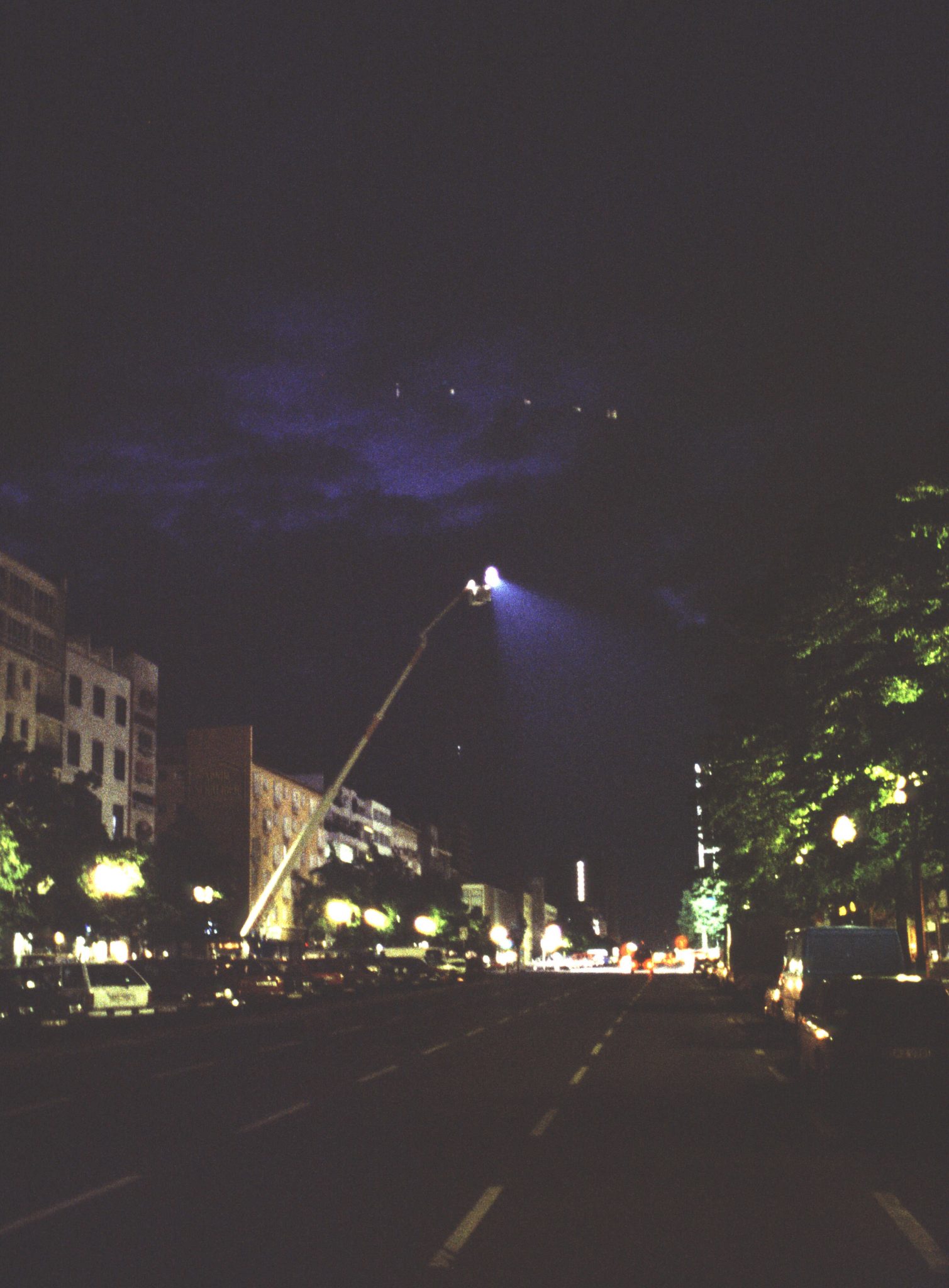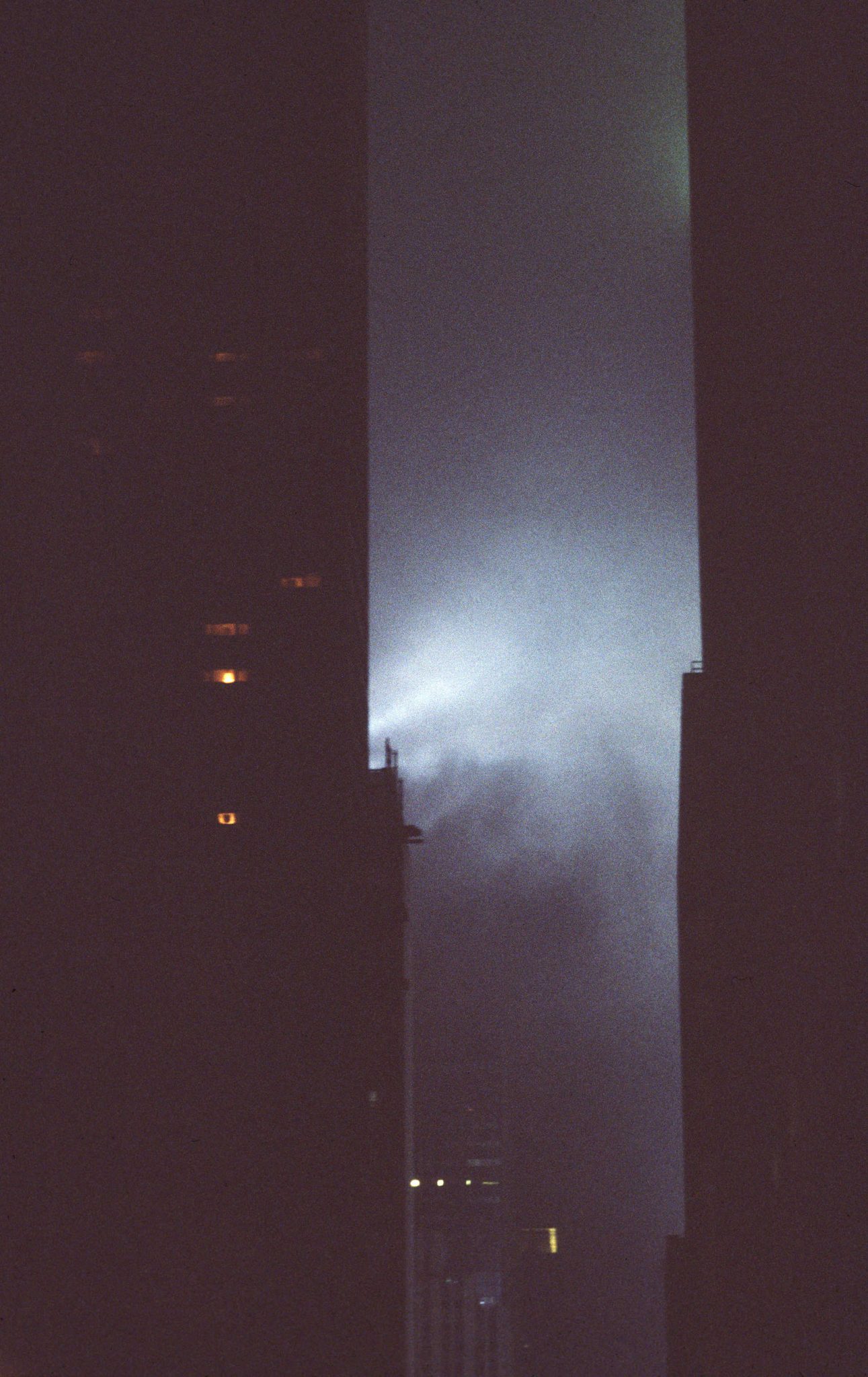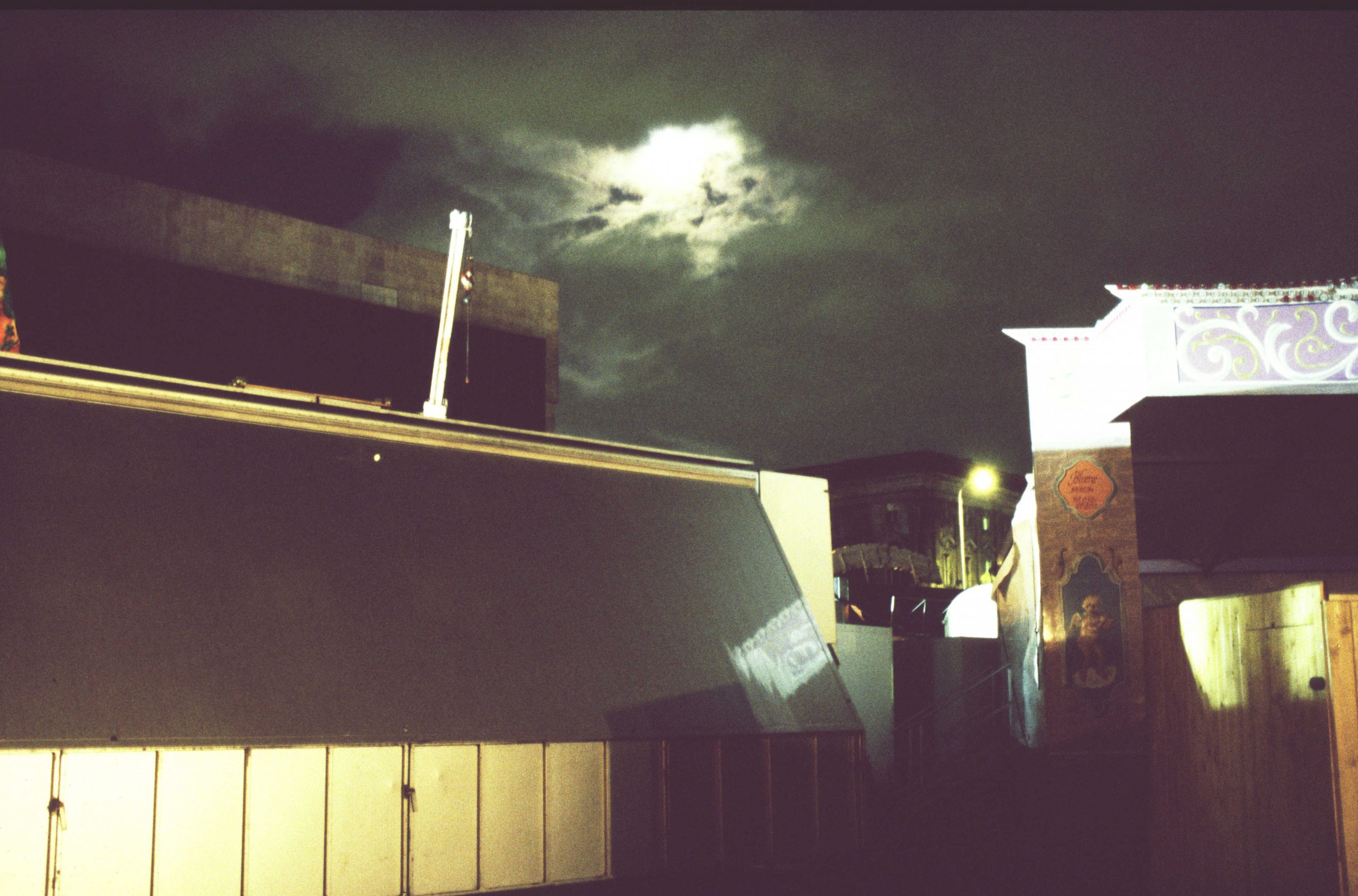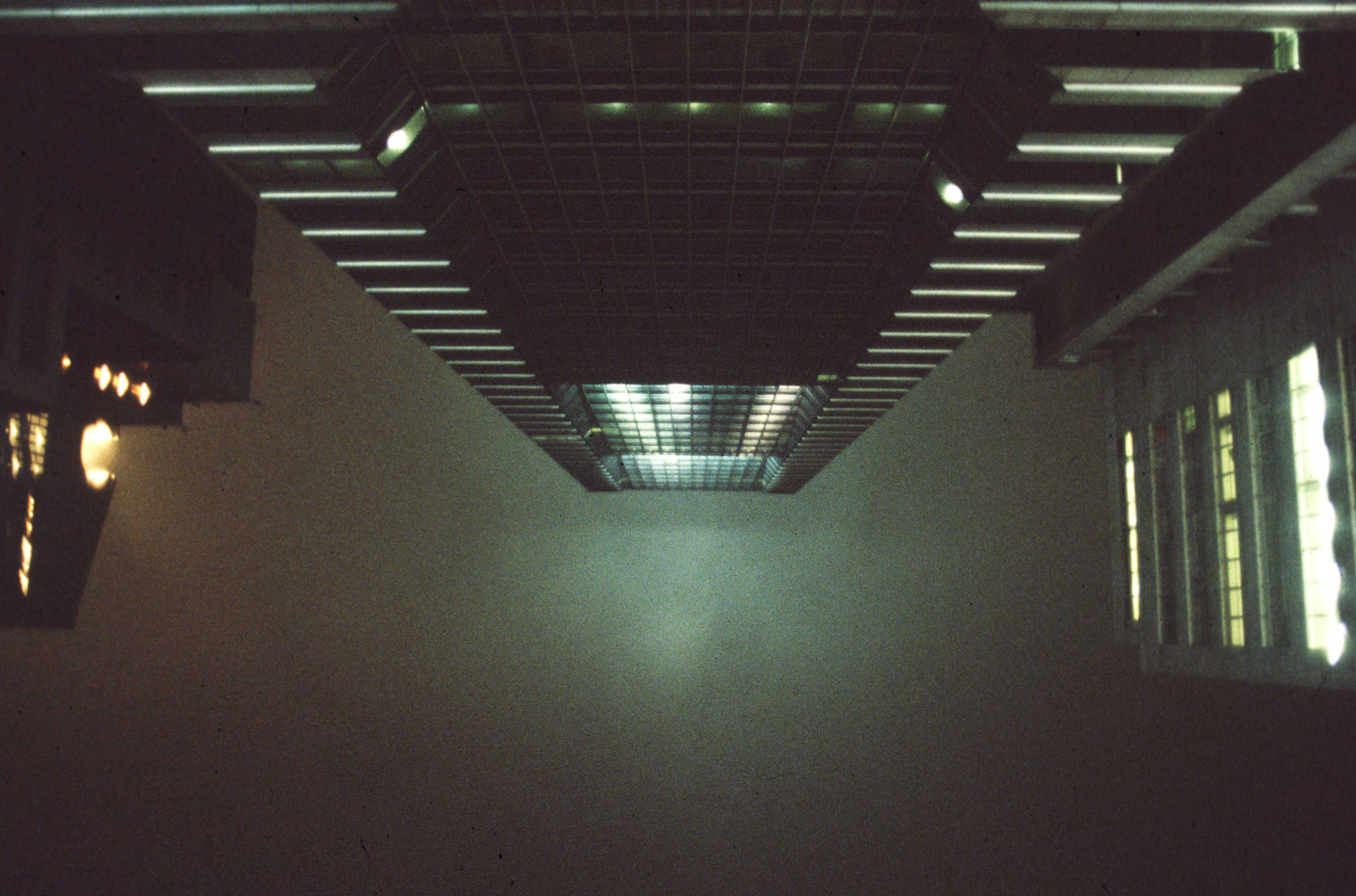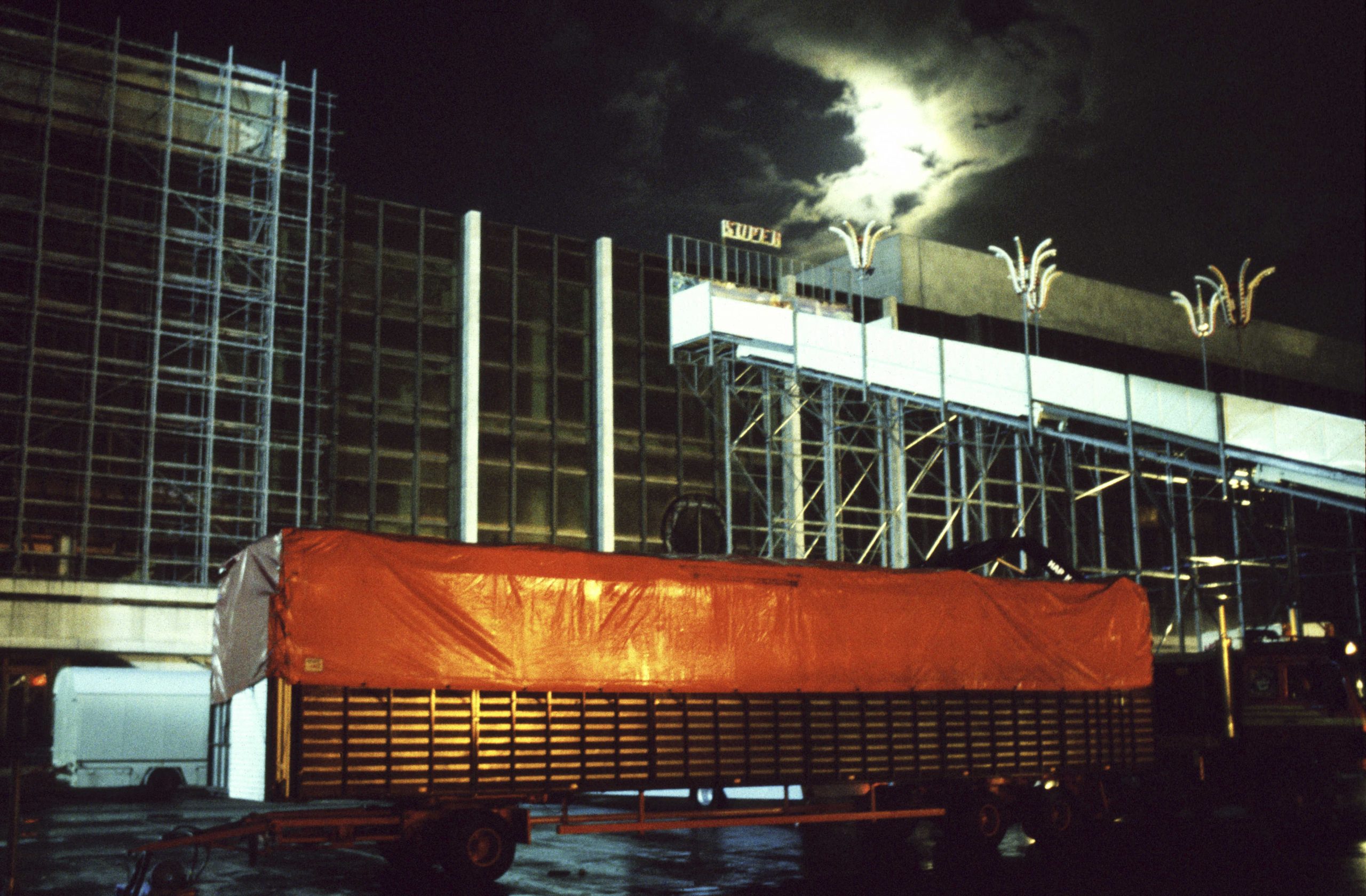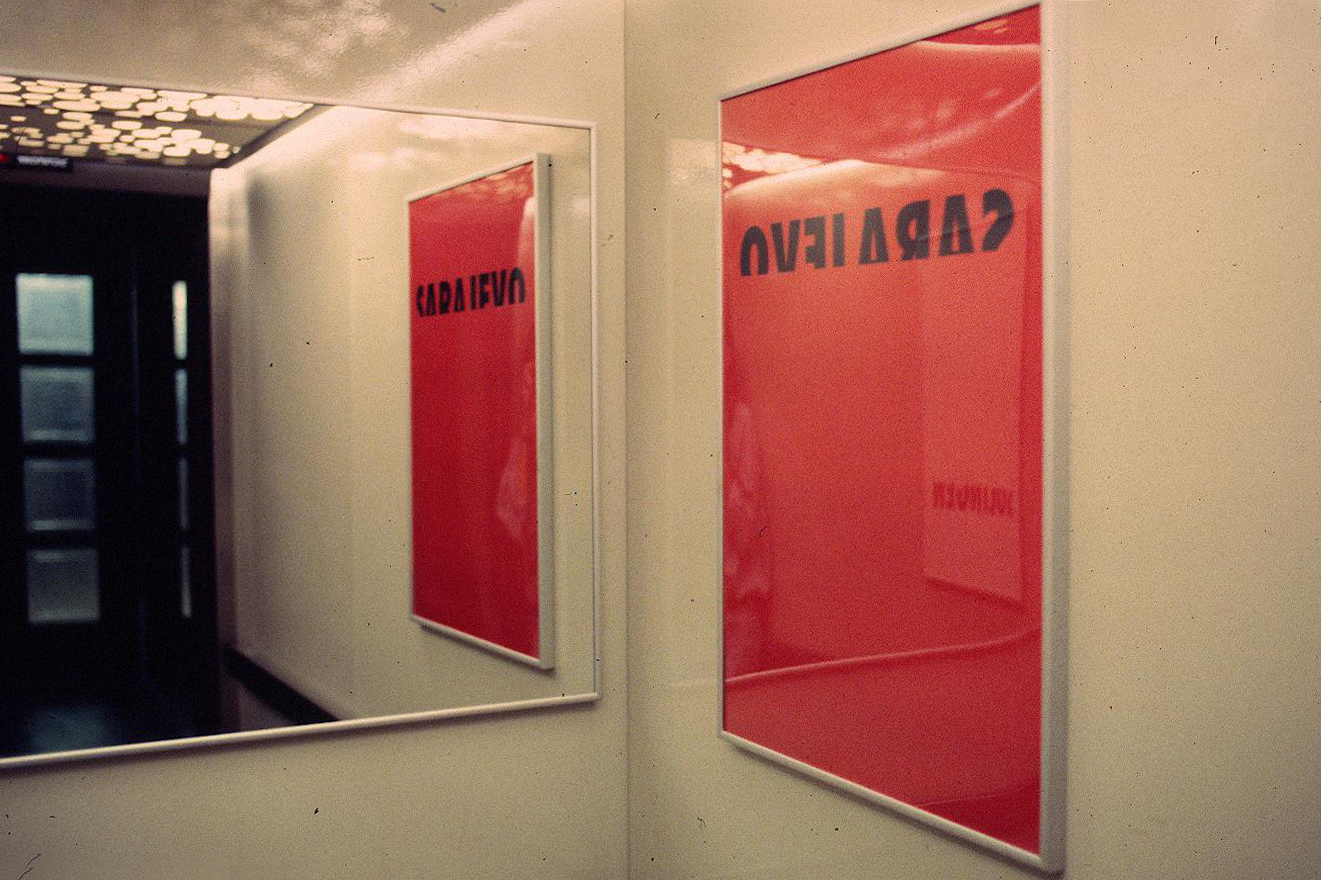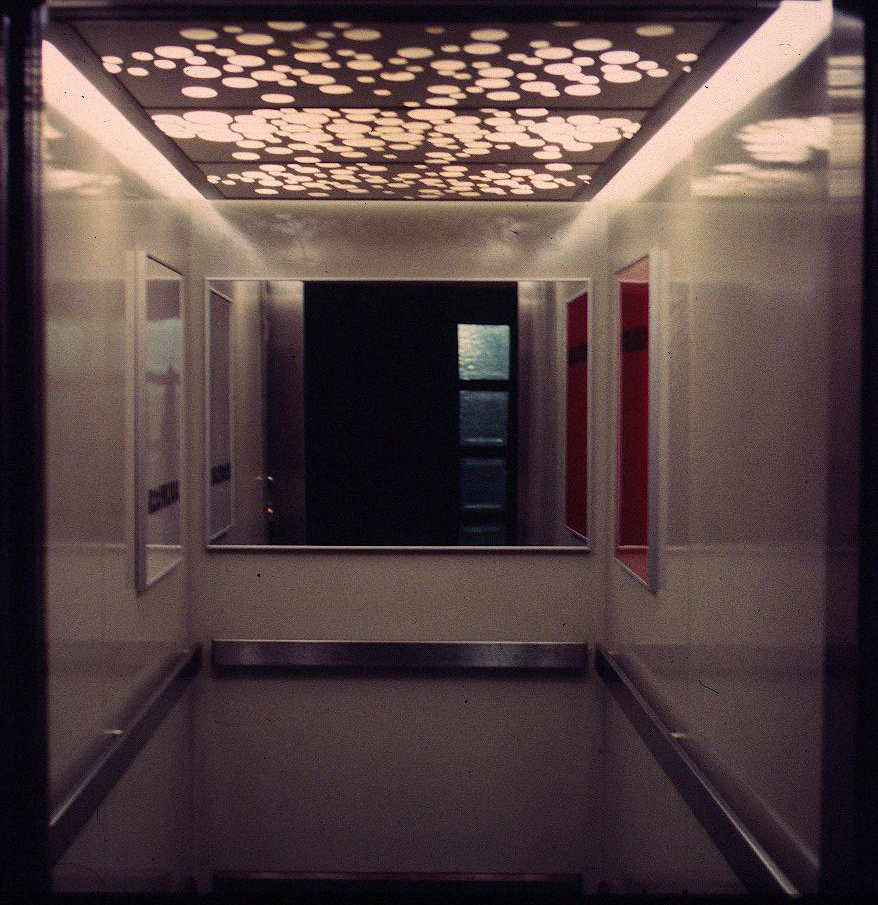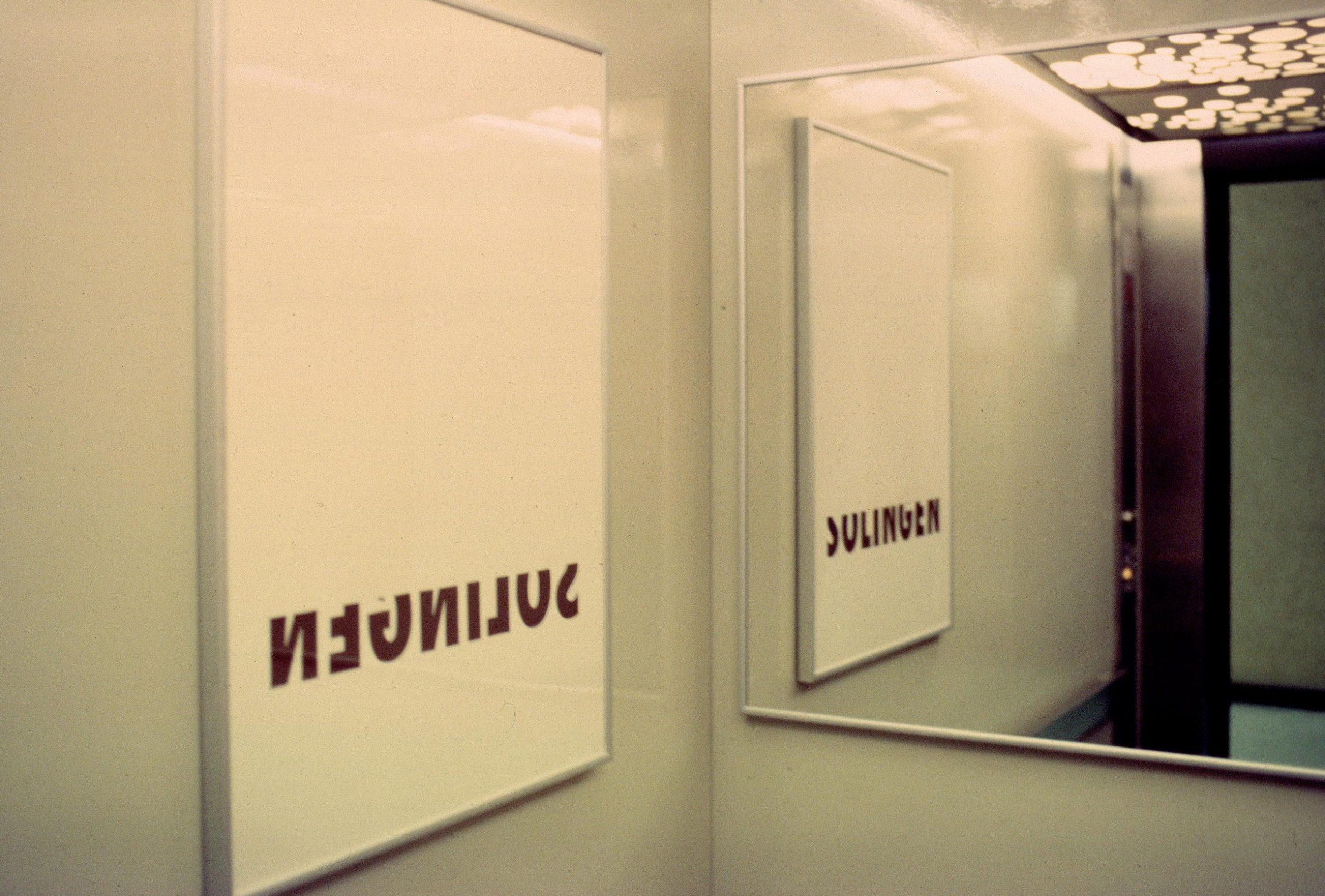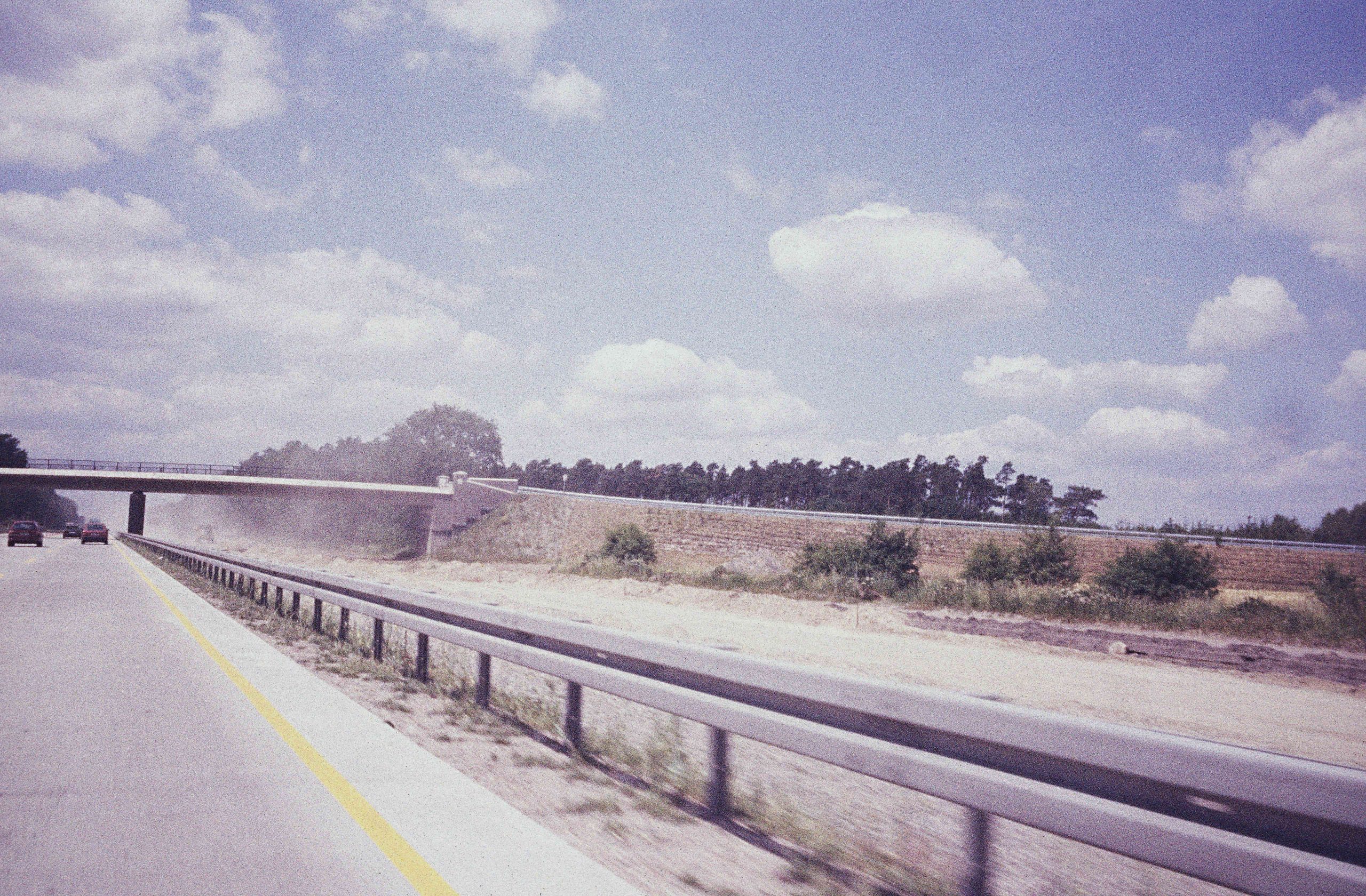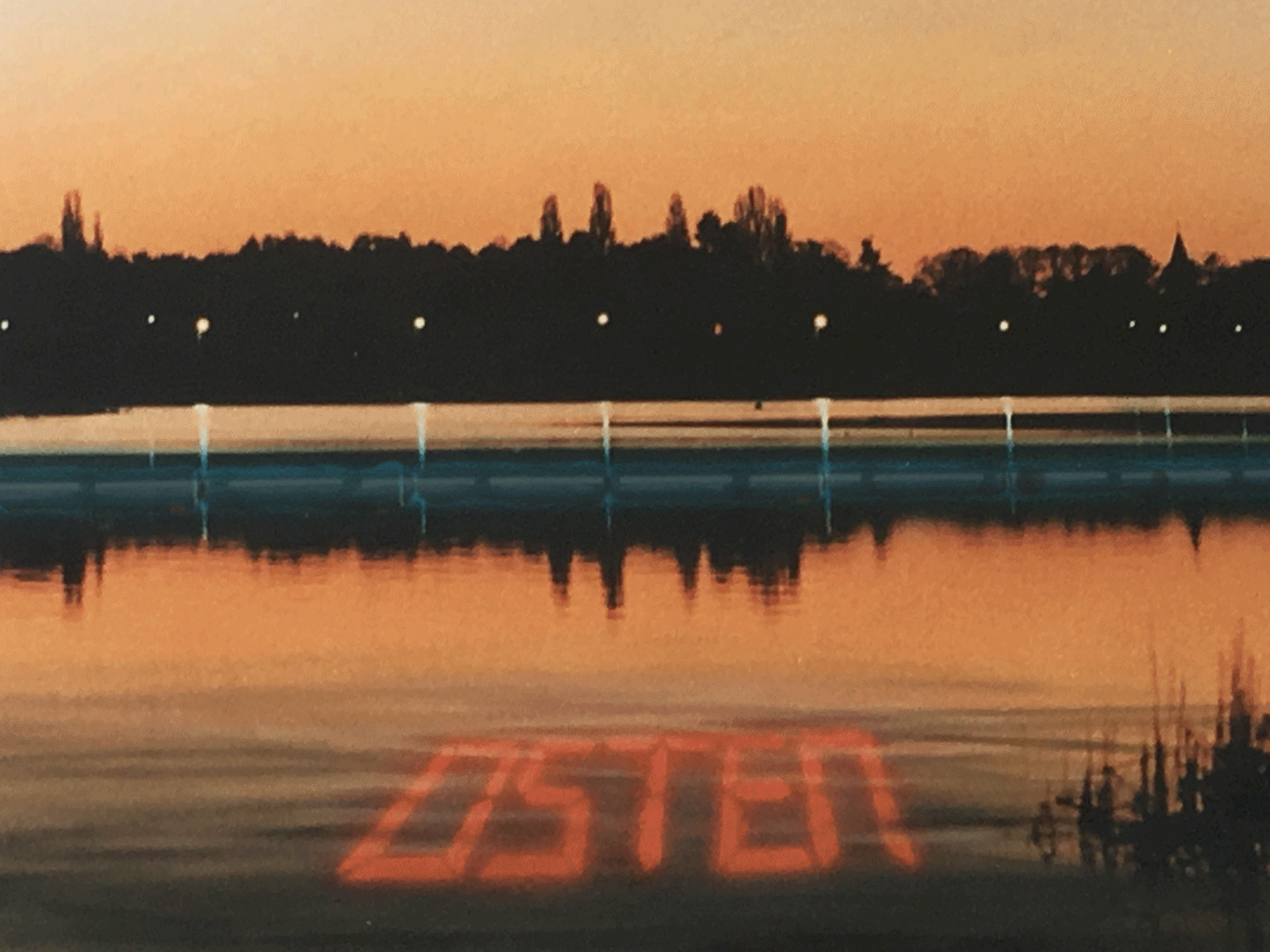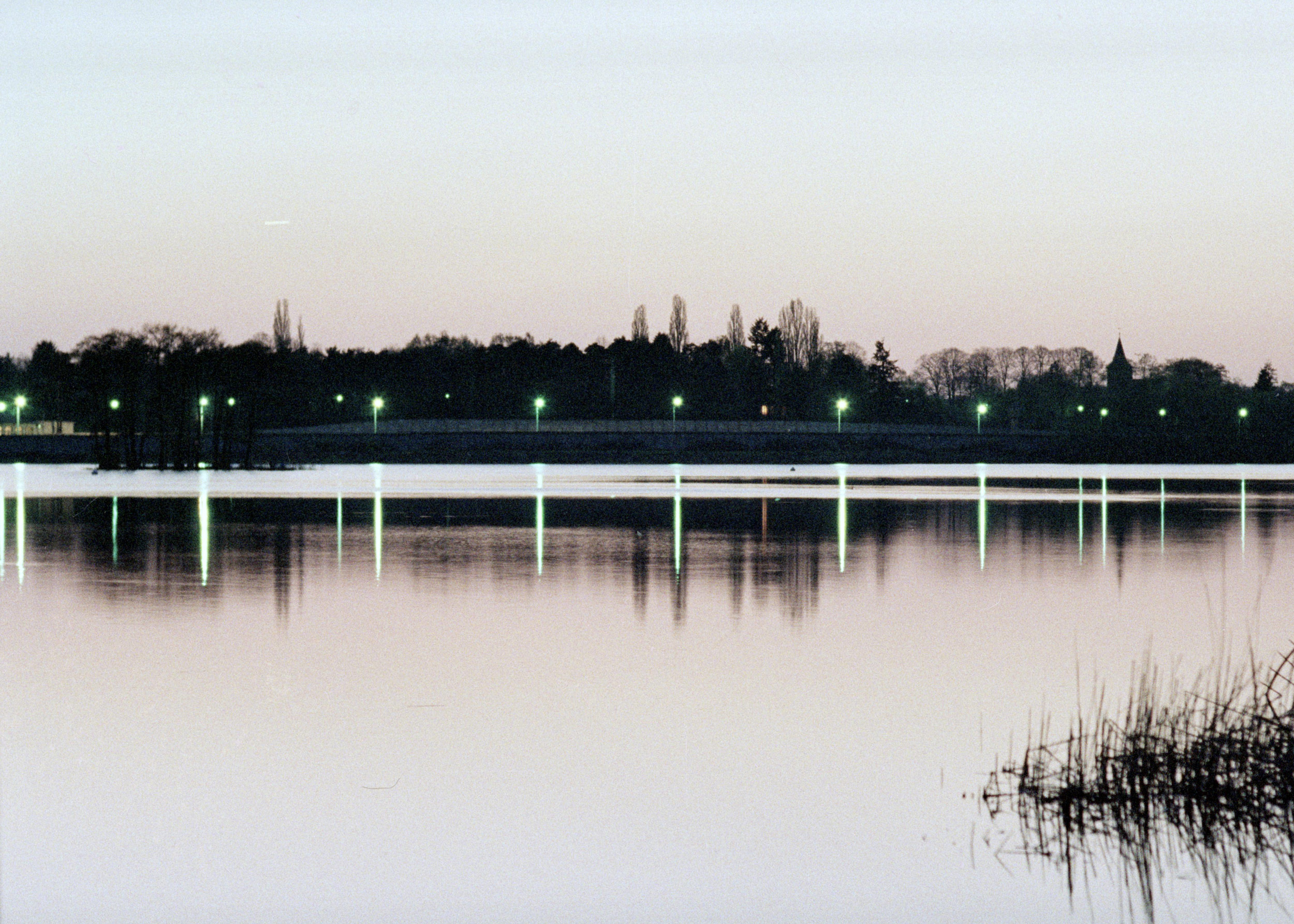A new entry in the Words & Pics series describing “illusion” as a key driver of the stock market activity.
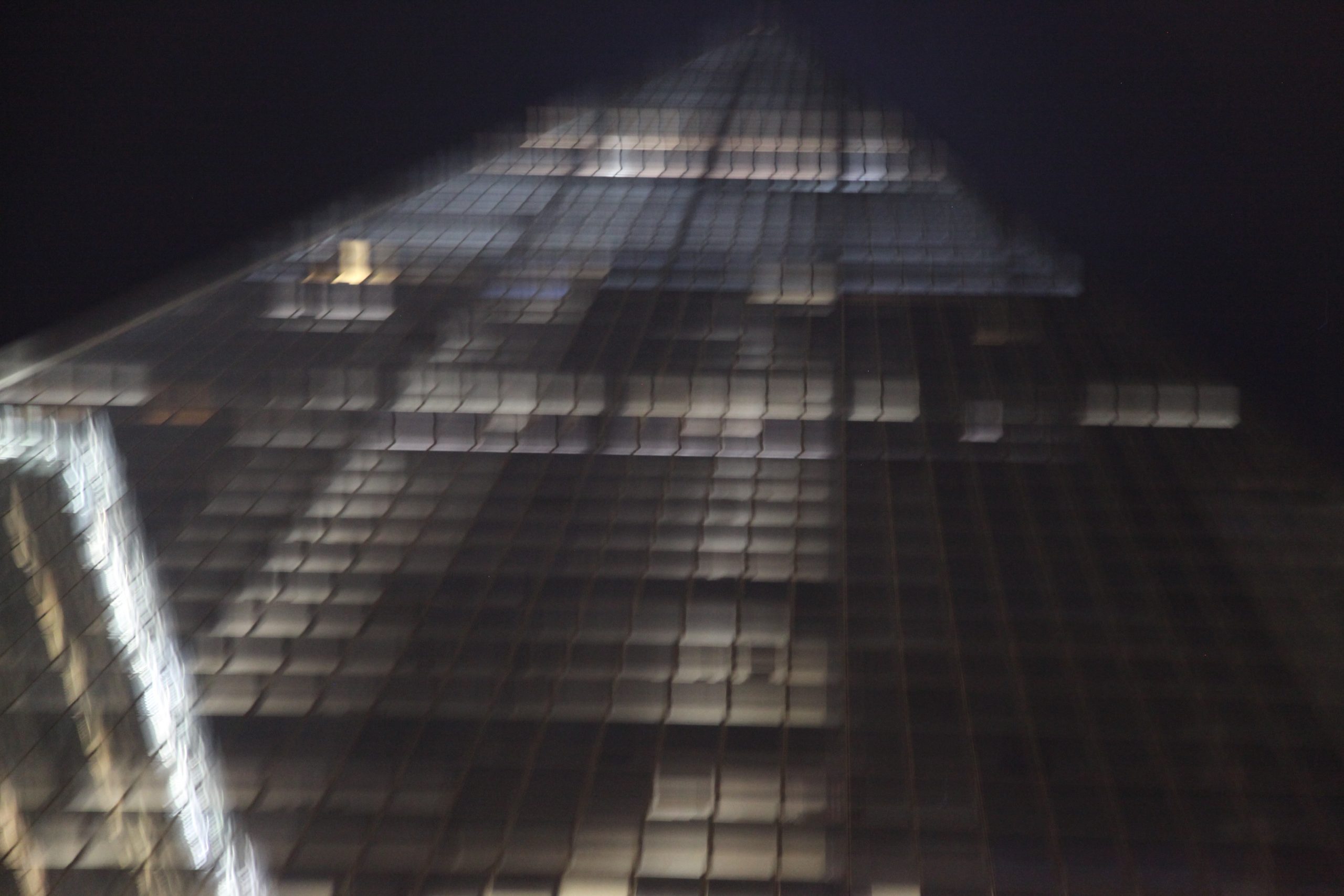
As in no other formulation used in the stock market, this reflects a transformation of an uncertain future into a pessimism-resistant level of hope and action with high expectations of profit and salvation. To put it casually, a primarily socio-economically experienced crisis thus experiences its flotation in the direction of profitable future prospects with a high promise of security. Numbers are best suited for such operationalizations, which then pierce straight through to reality in the form of money. After we have committed ourselves above to a rejection of pessimism, contrary negative events such as higher unemployment and loss figures are fenced in as harmless or just “priced in” via the unclouded positive future outlook and thus present a further incentive to buy as “expected”. In crisis situations the national banks provide the necessary funds by purchasing of loss-making government and corporate bonds and by keeping the interest rates ultra-low. This newly created money fuels the buying frenzy in stock and real-estate markets.
The perpetual invocation of this fiction suggests that there must be an irrefutable law inherent in the system which underlies the practice of this ritualization and gives the cold shoulder to the evil reality of macro- and microeconomic decline. It is a suggestion, a creation of a space for hope and action in the face of a seemingly threatening and overwhelming predicament– quasi in an ignorance of the miserable present the anticipation of a better future.
(group show with Andreas Mühe, Monika Goetz, Oskar Rink, David Adamo, Iouri Podlatchikov, Sloane Solley a.o. in the premises of a reconstructed and converted old corn mill surrounded by exuberant nature)
A light-box with a nocturnal motif from New York.

Conception and realization of an audio-visual essay on NYC in collaboration with Julija Goyd
Photoseries are the starting point for further textual exploration of the subject – the photographic lens is paired with cognitive optics. The project started with an additional text to PROMISED LAND (to be experienced there).
2 to 3 of 4 Elements go video in Morocco.
A short and with an extract from a slowed-down version of the German national anthem dubbed clip of four nighttime images taken prior to the wrapping of the Reichstag highlighting the change in the building`s symbolism after the fall of the Wall.
A series of 5 large-format images, taken in California, describing the founding myth of the USA.
Colonization processes, from the ancient journey of the Jewish people toward the land of Canaan to European migrations to the “new worlds” of America and Africa, would not have become reality without promise—a metaphysical offer of good fortune with an implicit command to act.
Accordingly, the notion of PROMISED LAND as trademark and imperative pervades the history of mankind’s departures and peregrinations throughout the millennia. The interplay between a superfluity of natural hardship, warlike devastation, and a paucity of agricultural and political resources is, in the promise, projected into a desideratum of bountiful supplies (“milk and honey”), natural resources (“Eldorado”), and an unfettered socio-economic, ideological, and political domain. Significantly, the old conditions— deprivation, violent conflicts, hostile natural surroundings—all too often become the new “companions” on the path to the new destination. The new reality “nibbles,” so to speak, at the dream of promise.
It may well be that the “onslaught” of the new reality, in its compensatory trade-off, first reveals an immanent but heretofore dormant trait of the promise: that of “insatiability,” which always ends in an “ever onward”… How else would it have been possible to cross the expanse of the North American continent to the “new shore” of the Pacific Ocean, subjugating it with hooves, plough, shovel, and rails?
In its absoluteness, this “utopian impulse” leaves behind the traces of hasty departures still visible nowadays in gold rush towns-cum-museums. By adhering to the homesteaders’ postulate of keeping government at bay, it also hinders through today the completion of “nation building” which, at best, is found in the precarious reality of small- cell social units.
In the photographic series titled PROMISED LAND, the evidence of this land grab marks the stages of a “fantastic geography,” stretching from its imaginary starting point in Point Reyes on the western end of California along the thirty-eighth parallel over San Francisco/North Beach to Bodie and Lake Topaz along the Nevada border.
Point Reyes differs from the other images in being a product of fortuitous, and later reworked, photographic processes, thereby transforming it into a visual substrate for “promise.” Thus Point Reyes serves as a metaphorical point of entry into the realia of the other photos, in other words, their pronouncements on the socio-economics of colonization: livestock—natural resources—farming— urbanization.
Presented in chronological sequence, the five photographs converge into a mythological re- narration, wherein the material texture of the analog film used resonates implicit historical and metaphysical levels, thus giving rise to autonomous images that transcend photographic representation.
Concept for the installation in Berlin-Mitte. A defunct tramway underpass at Unter den Linden boulevard is to be filled with water to one-third of its height. Three slow-moving, three-meter-long paper boats drift in and out of the viewer’s field of vision. Audible in the space is Alvin Curran’s Maritime Rites intertwined with the voice of an opera singer, reverberating the siren song as ancient myth. The atmosphere evokes the importance of ships since antiquity as means for expanding human endeavours into hitherto unknown regions as well as the inherent coexistence of hope and failure they embody.
The project was collaboratively planned with Gabriele Heidecker.
Inception of the non-profit art-space with Martin Berghammer and Milo Frielinghaus in the premises of the former VEB Pharmahandels-Kontor, Friedrichstr. 122/123, in Berlin-Mitte. http://www.shift-ev.de
(Kopf hoch/Heads Up was the title of the second show at SHIFT e.V. The exotic flair of a former East German office building provided an atmospheric challenge for Martin Berghammer’s Super 8 films, Ernst Burkel’s light box with its nocturnal NYC motif, Ulay’s slide projection of an antique skull, a bronze sculpture of a head and a cast of Federico Fellini’s mouth by Gundi Dietz, as well as television screen shots by Monika Schwarzmüller.)
Installation in Berlin. A darkened room is entered after passing by a silver-gray curtain. On the ground standing in the middle of a patch of brown (black, red and yellow mixed) sand is a glass case containing three layers of black, red and yellow sand illuminated by a spot light. Hanging from the handle of this suit-case is a sign with the inscription TAKE CARE – DON`T SHAKE / VORSICHT-BITTE NICHT STÜRZEN!. On the wall behind the suitcase leans a 1 x 1.5 m backlit photo with a view of the Reichstag at night.
Installation in an elevator of the Schöneberg town hall, Berlin. Upon entering the cabin, the visitor sees his head and the reflections of two posters mounted on the side walls in the mirror in front of him. On the top third of one poster the word SARAJEVO in black mirror writing stands out on a red background. On the lower third of the other poster the brown mirror writing SOLINGEN is seen on a white background.
The installation had been stirred by a deadly incendiary attack committed by neo-nazi skinheads on a Turkish family house in Solingen/Germany 1993 and the Jugoslavian war of the 1990s with Sarajevo as one of its main venues.
competition draft in cooperation with landscape architect Jörg Weisenborn
group exhibition with Amos d’Epal, Ulay in Amsterdam
A glass case with three layers of black, red and yellow sand. The suitcase is positioned over a layer of brown pigment. A sign attached to the handle reads FRAGILE – DON`T SHAKE / VORSICHT-BITTE NICHT STÜRZEN!
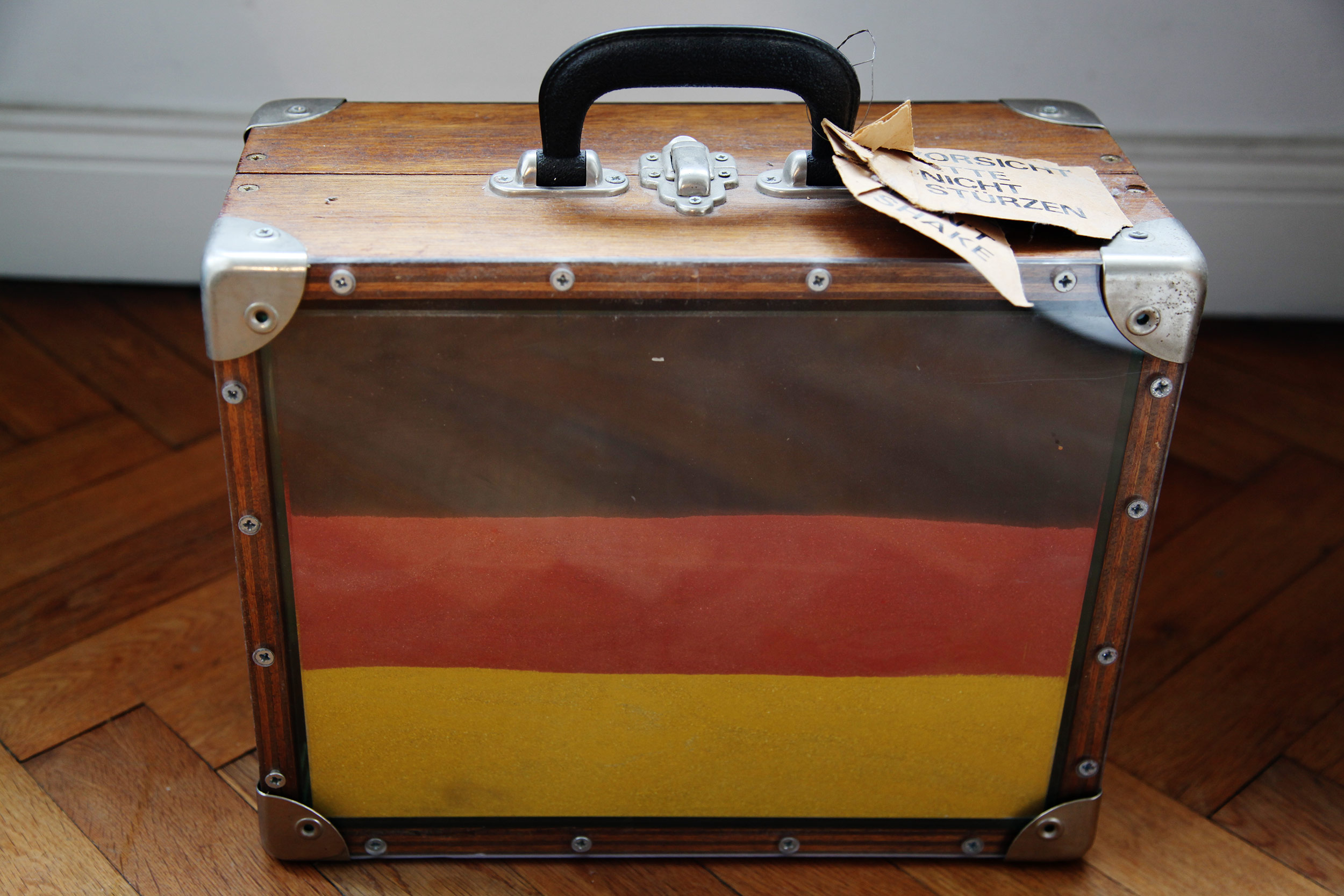
(group exhibition with Marc Brandenburg, Ulrich Eller, Heinz Emigholz, Nan Goldin, Thomas Kunzmann, Heinz Pfahler, Claudia Skoda / Ward Merrill in the NGBK Berlin).
A glass tub filled with sand is positioned over an iron frame. On the top of the sand top are the words ZEIT – DON`T MOVE in blue and red pigment. The lettering changed over time through the affective and physical movements of the viewers.

(exhibition project with Curtis Anderson, Böninger / Blau, Leo Copers, Tony Cragg, Walter Dahn / Johannes Stüttgen, Marlene Dumas, Roland Fischer, Barbara Kruger, Thomas Lehnerer, Olaf Metzel, Martin Mlecko, Michael Schulz, Rosemarie Trockel, Wainer Vaccari a. o. in the buildings of a coalmine in Moers, North Rhine-Westphalia).
A spatial installation in which the sound responds the glowing and smoldering of the lettering LIGHT inset into a coal pile as a metaphor for industrial civilization.
Exhibition project with Christian Boltanski, Tony Cragg, Walter Dahn, Ian Hamilton Finlay, Magdalena Jetelova, Martin Mlecko, Rosemarie Trockel, Wainer Vaccari at Granerhof castle, Upper Bavaria
A spatial installation as the physical manifestation of a theory of memory featuring one soundtrack and objects (4 laurel trees, 4 glass pyramids, candles, pieces of the Berlin Wall).
Conception of the installation in the Groß-Glienicker lake, whose eastern shoreline was located in West-Berlin and western bank in the GDR. A sequence of neon tubes representing the border should be placed in the middle of the lake. Through their changing circuitry (uninterrupted, interrupted, switched-off) the phases and alternatives of German post-war history (e.g. the events of 1989/90) could be displayed. Due to political concerns this installation could not be realized.
self -taught
freelance work in science, emergency medicine, general practice
on virology, Immunologie on immunology (Birkhäuser Verlag), Gaia-Vergangenheit und Zukunft der Erde on Gaia theory (Insel/Suhrkamp-Verlag)
Conception and publication of the reader (Ullstein-Verlag, Berlin)
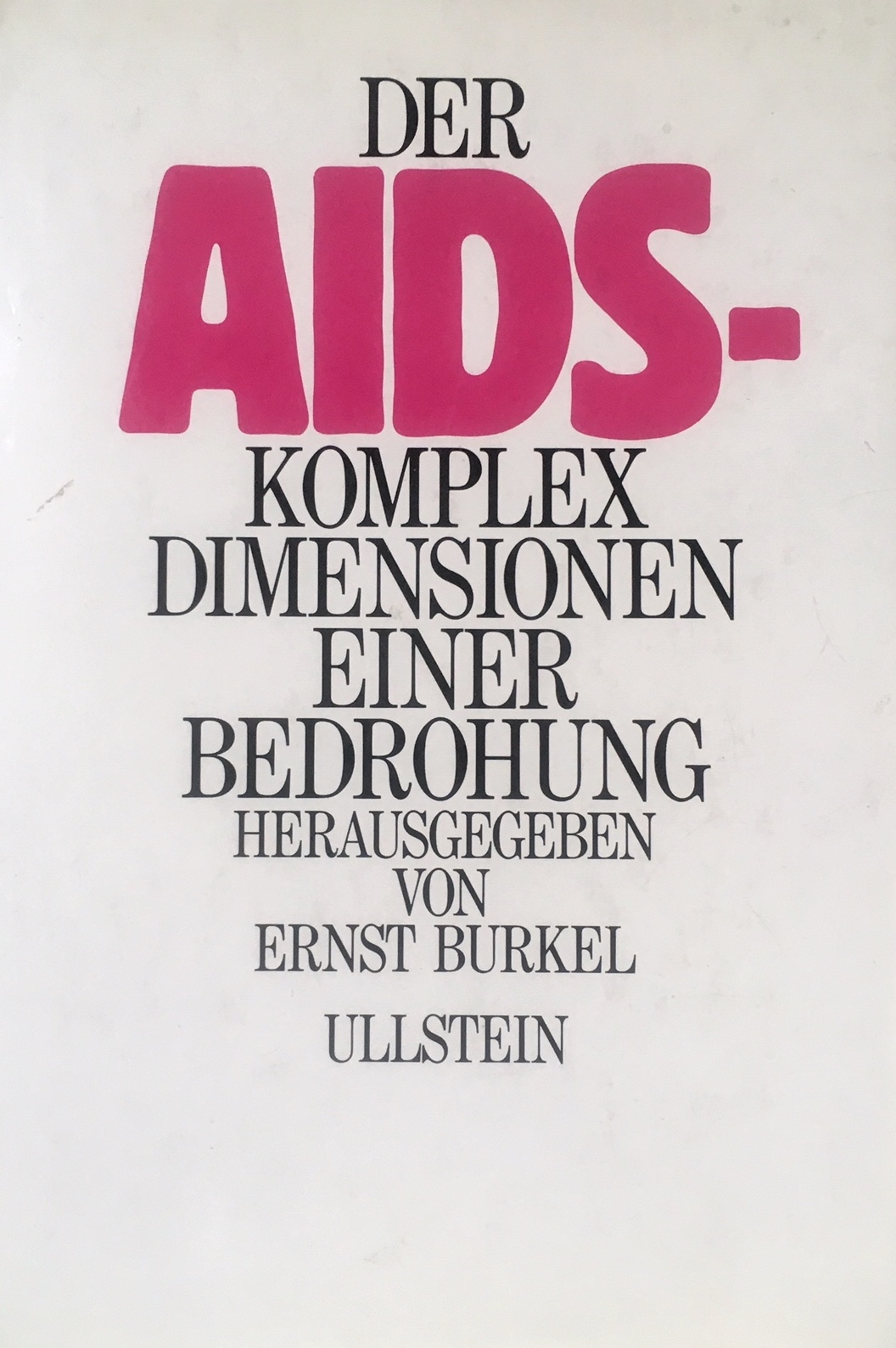
Siebenundzwanzig Experten aus dem In- und Ausland diskutieren die Auswirkungen von Aids in den Bereichen Medizin, Immunologie, Infektiologie, Epidemiologie, Arzneimittelforschung, Gesellschaftswissenschaften, Straf- und Zivilrecht, Psychologie, Nationalökonomie, Versicherungswesen, Politik, Moral und Ethik, internationale Beziehungen.
(TIP, Zeitmagazin, Süddeutsche Zeitung, Neue Musik Zeitung) mainly on film and music.
